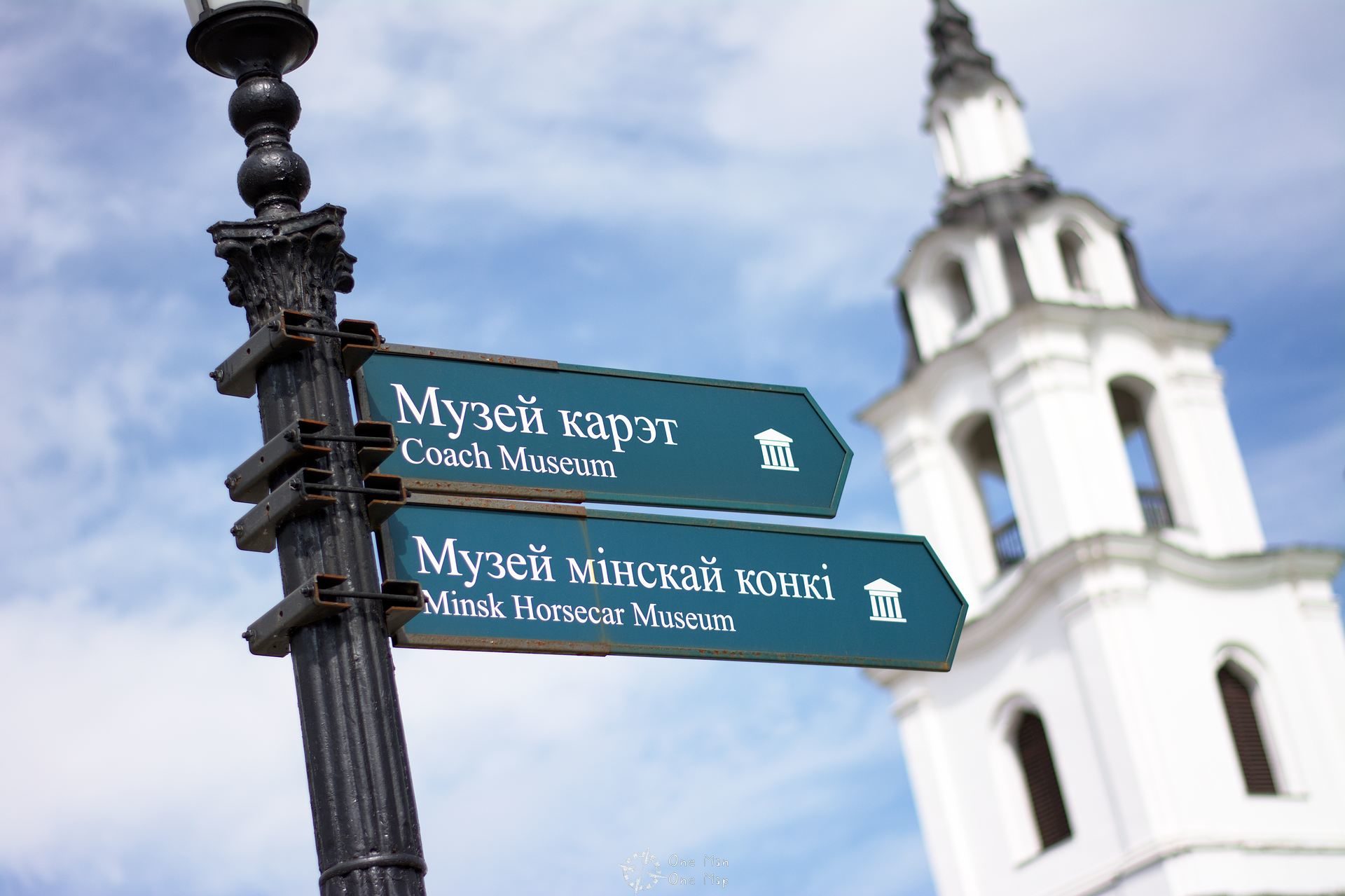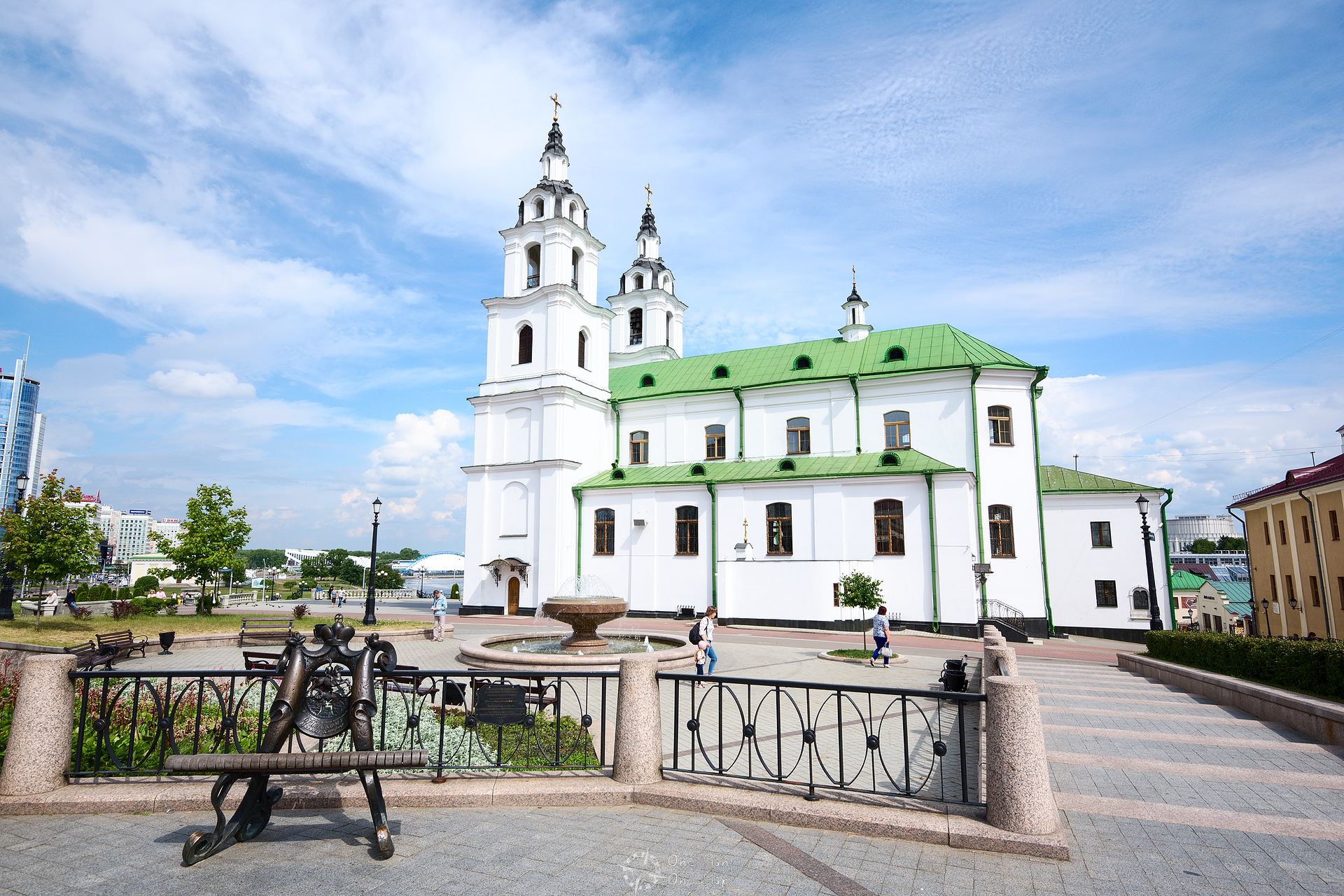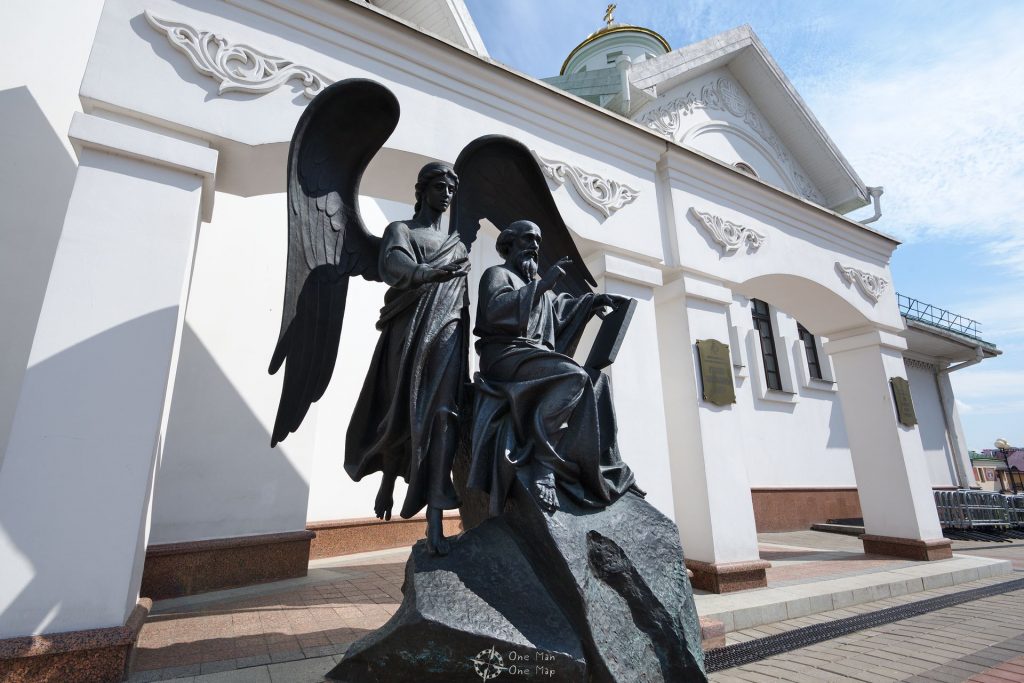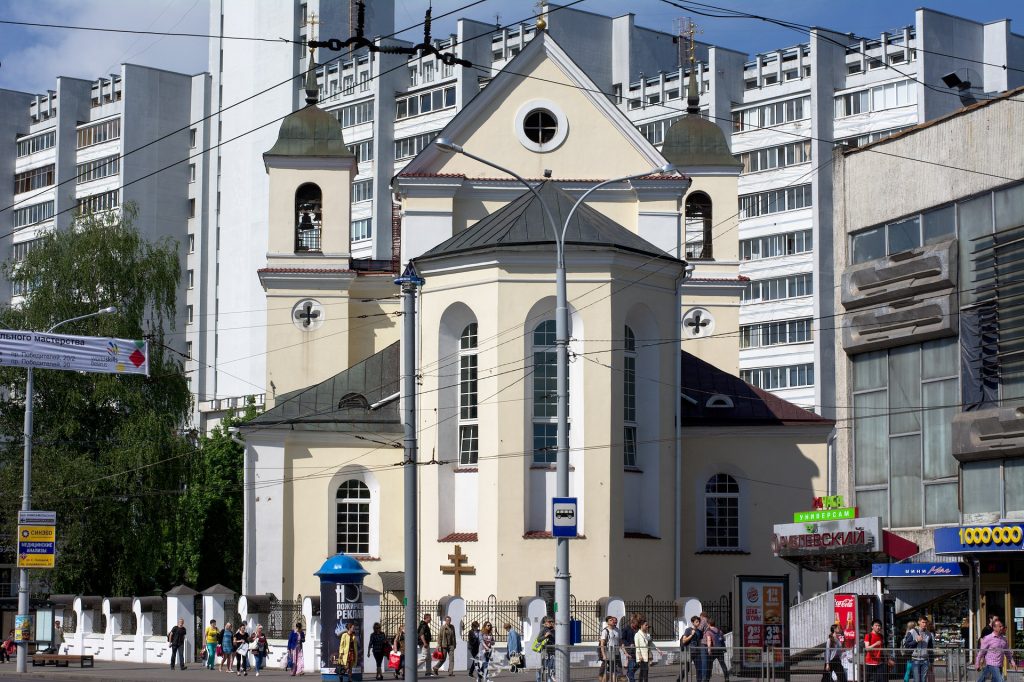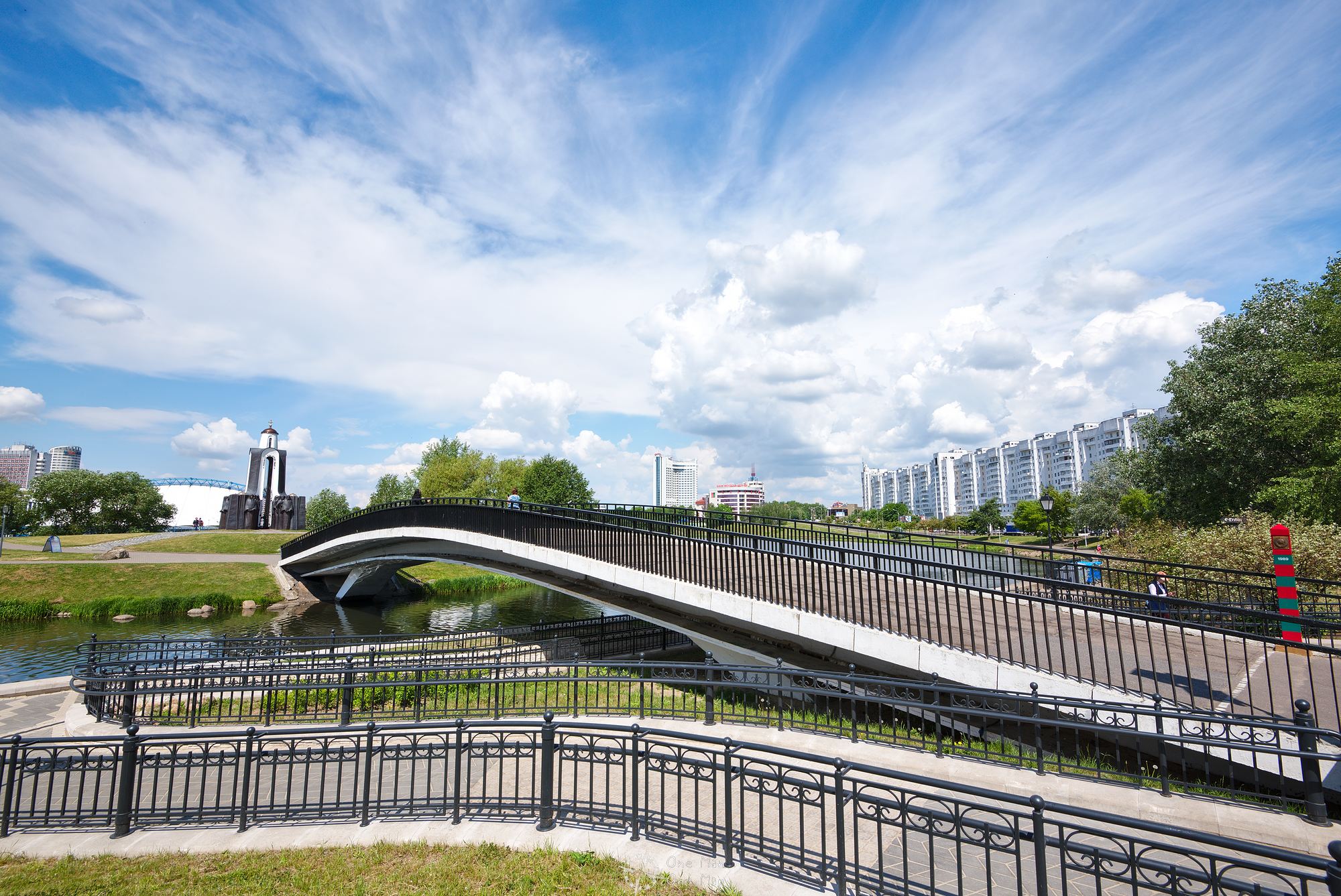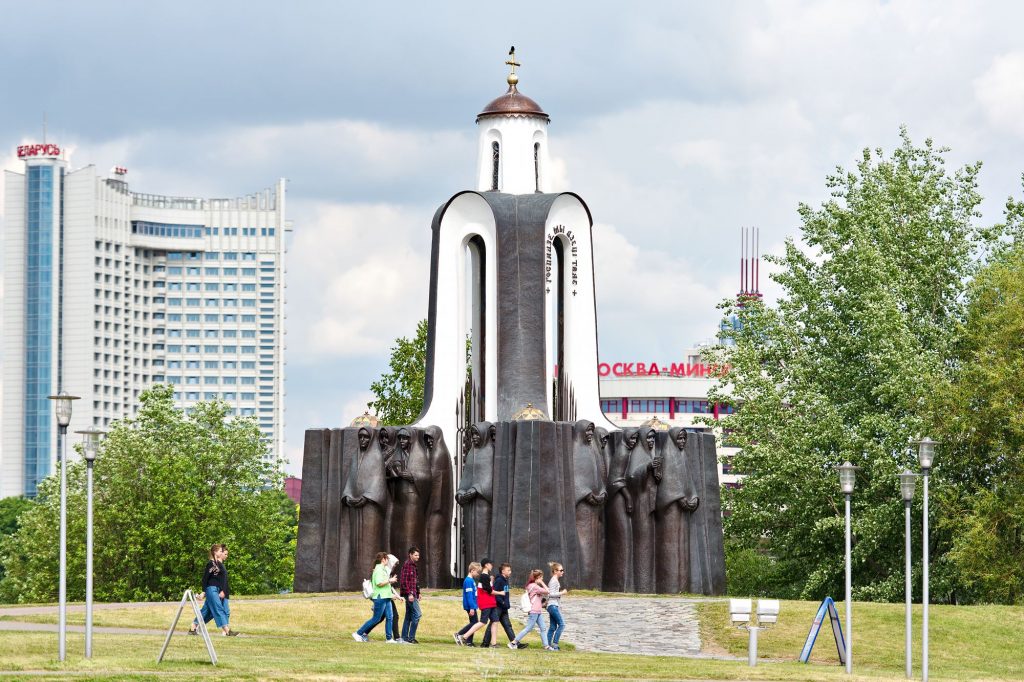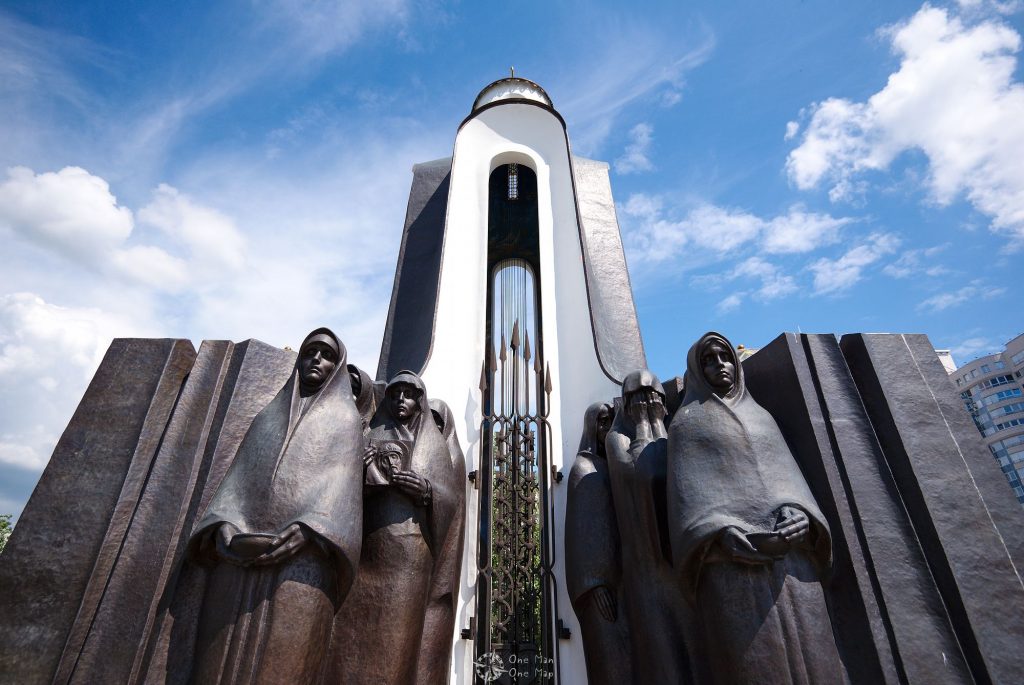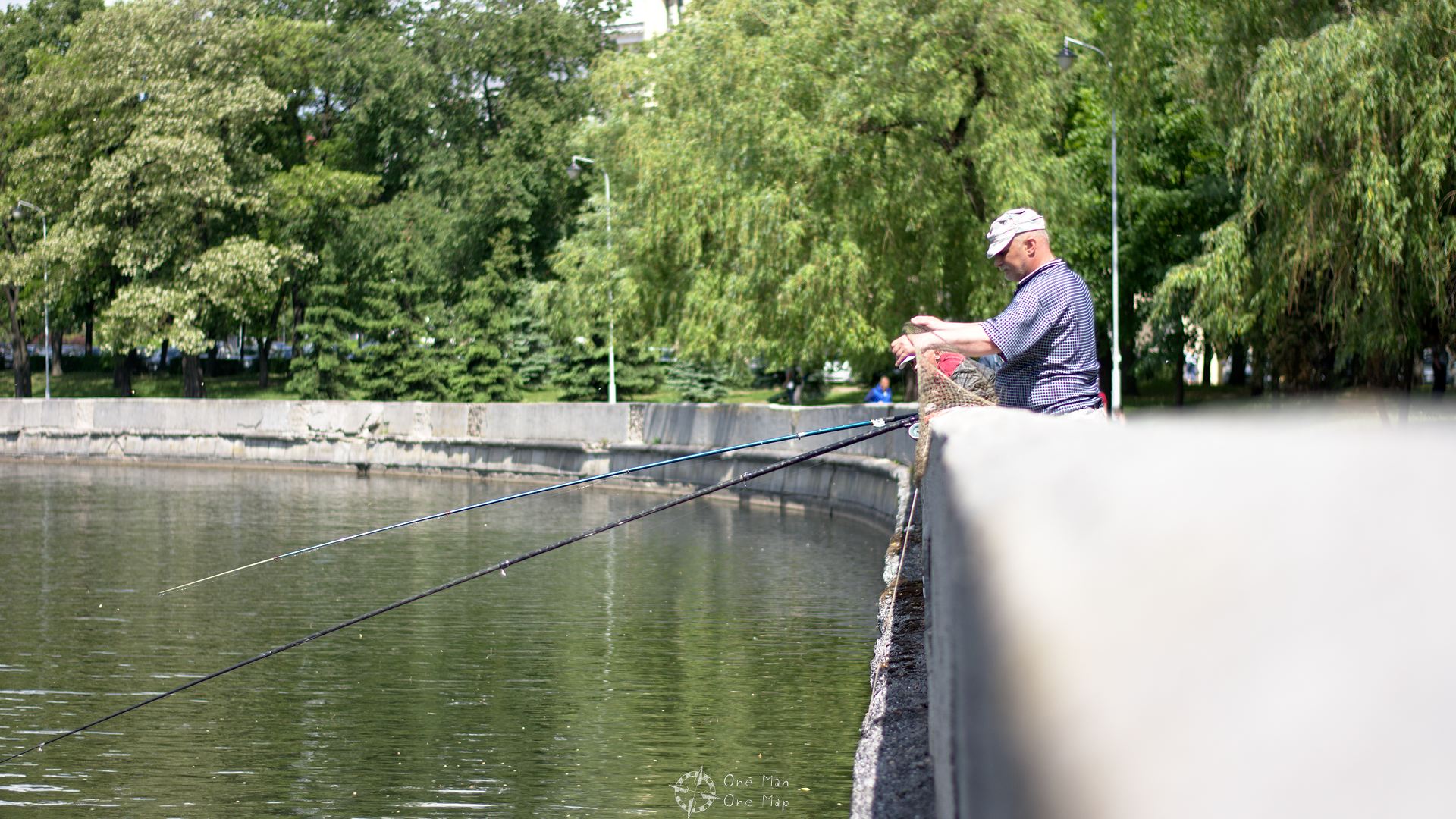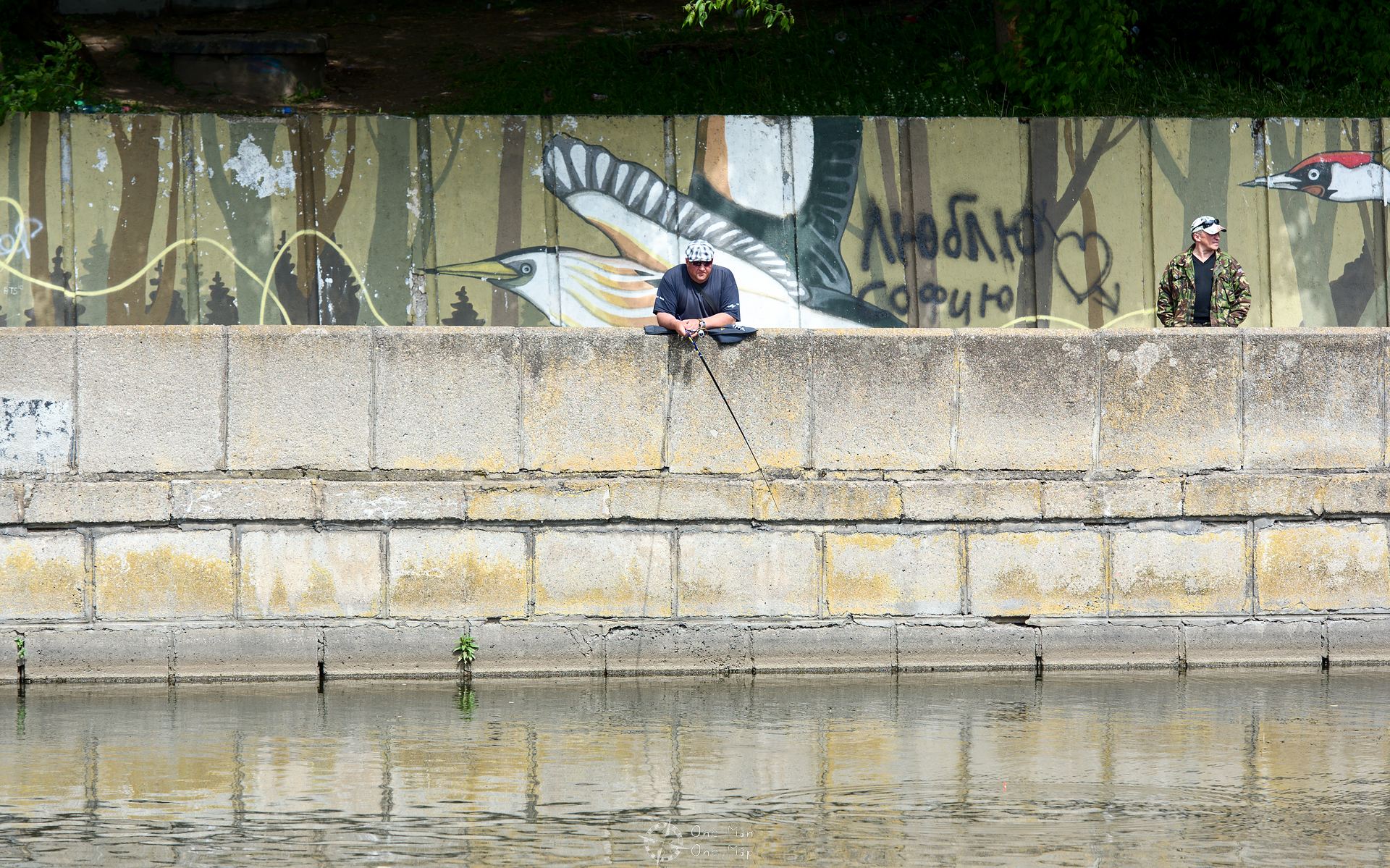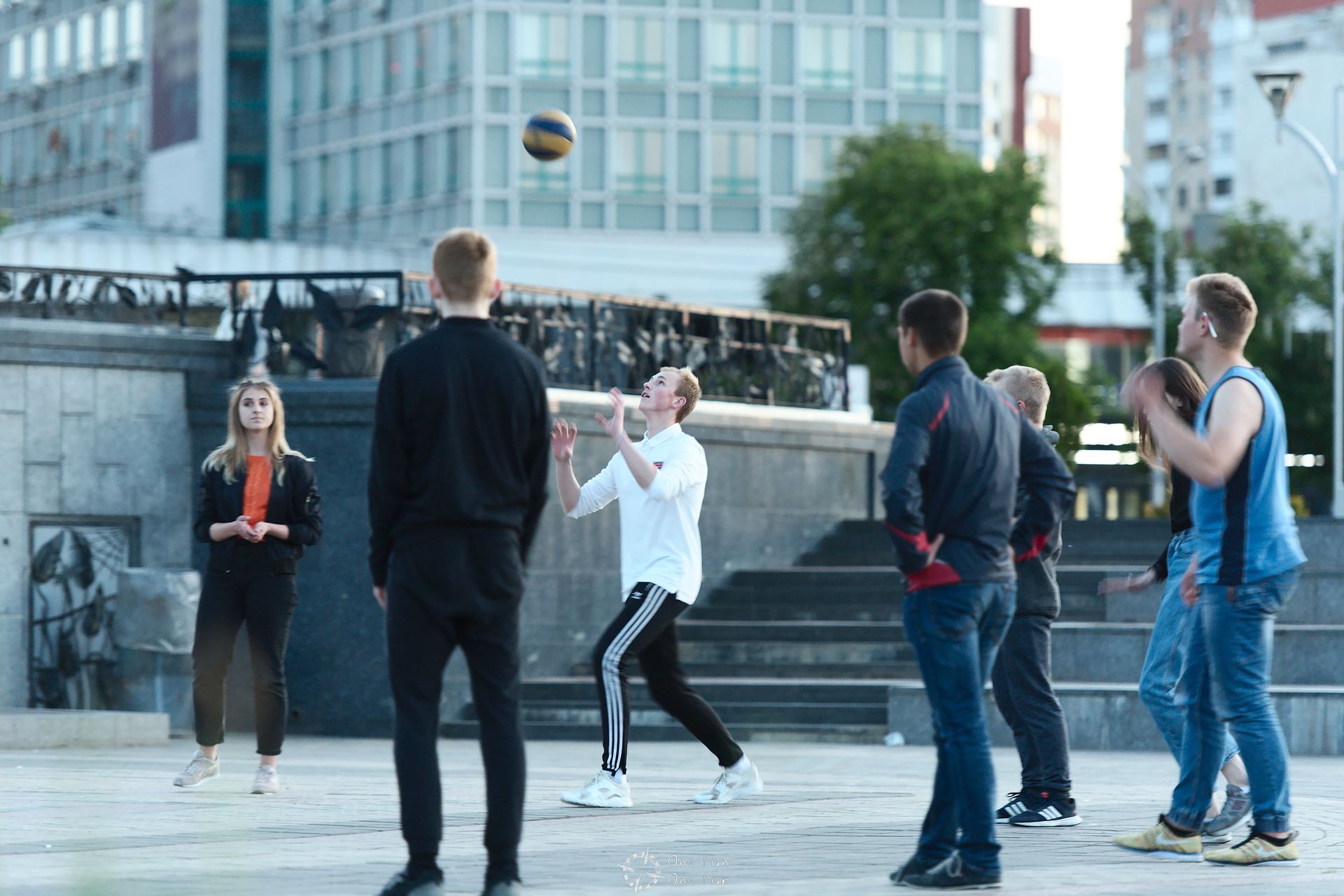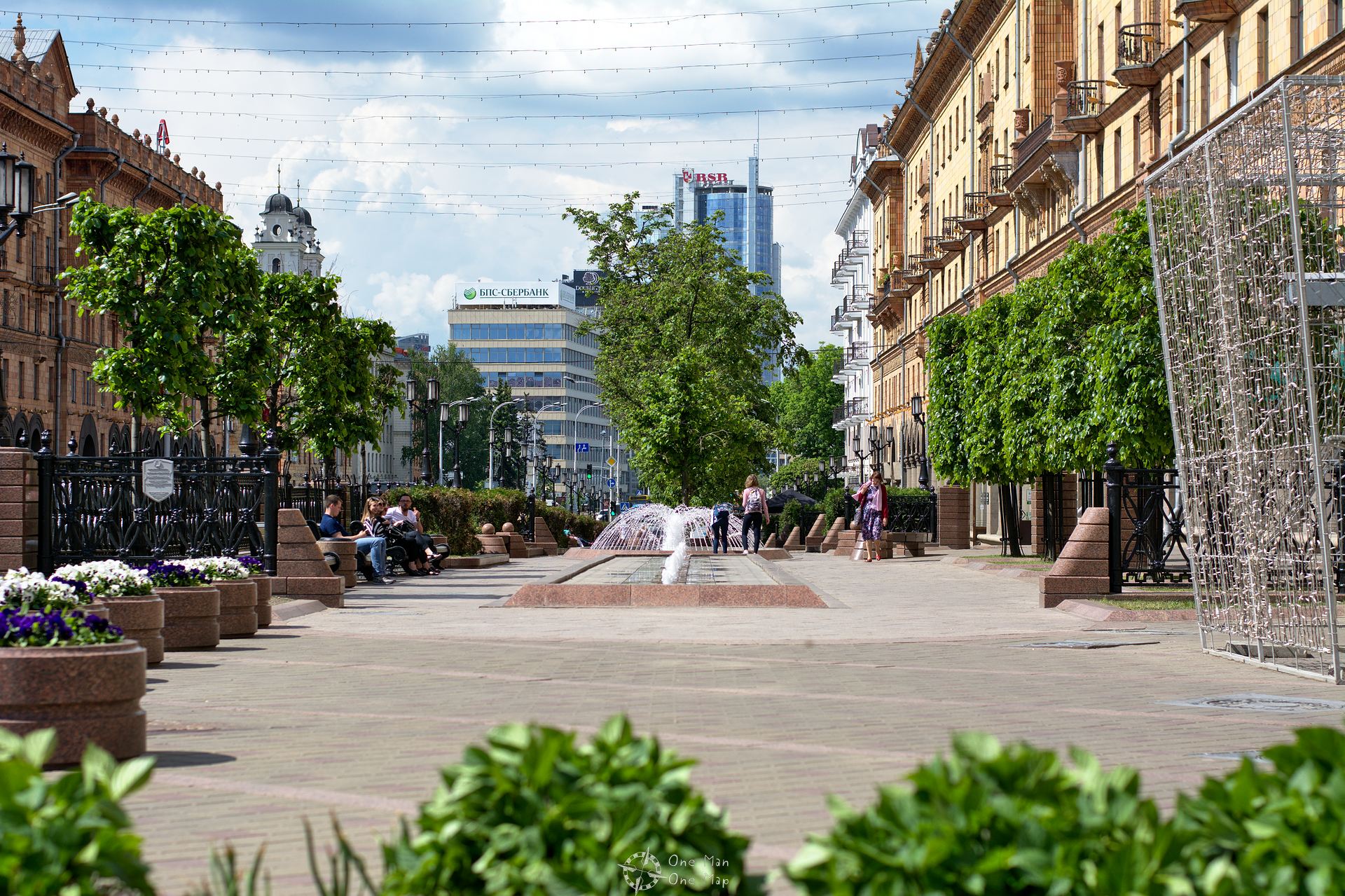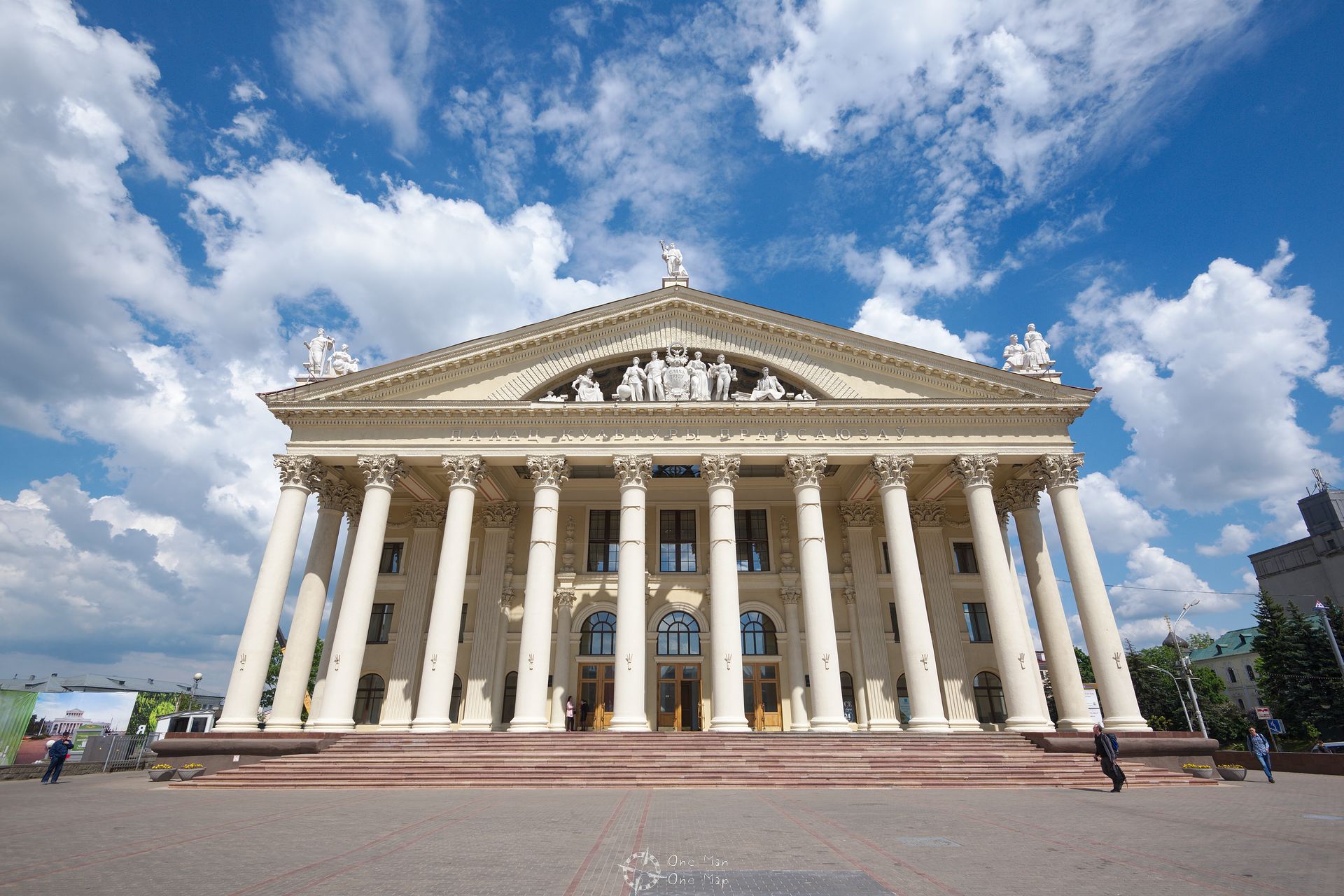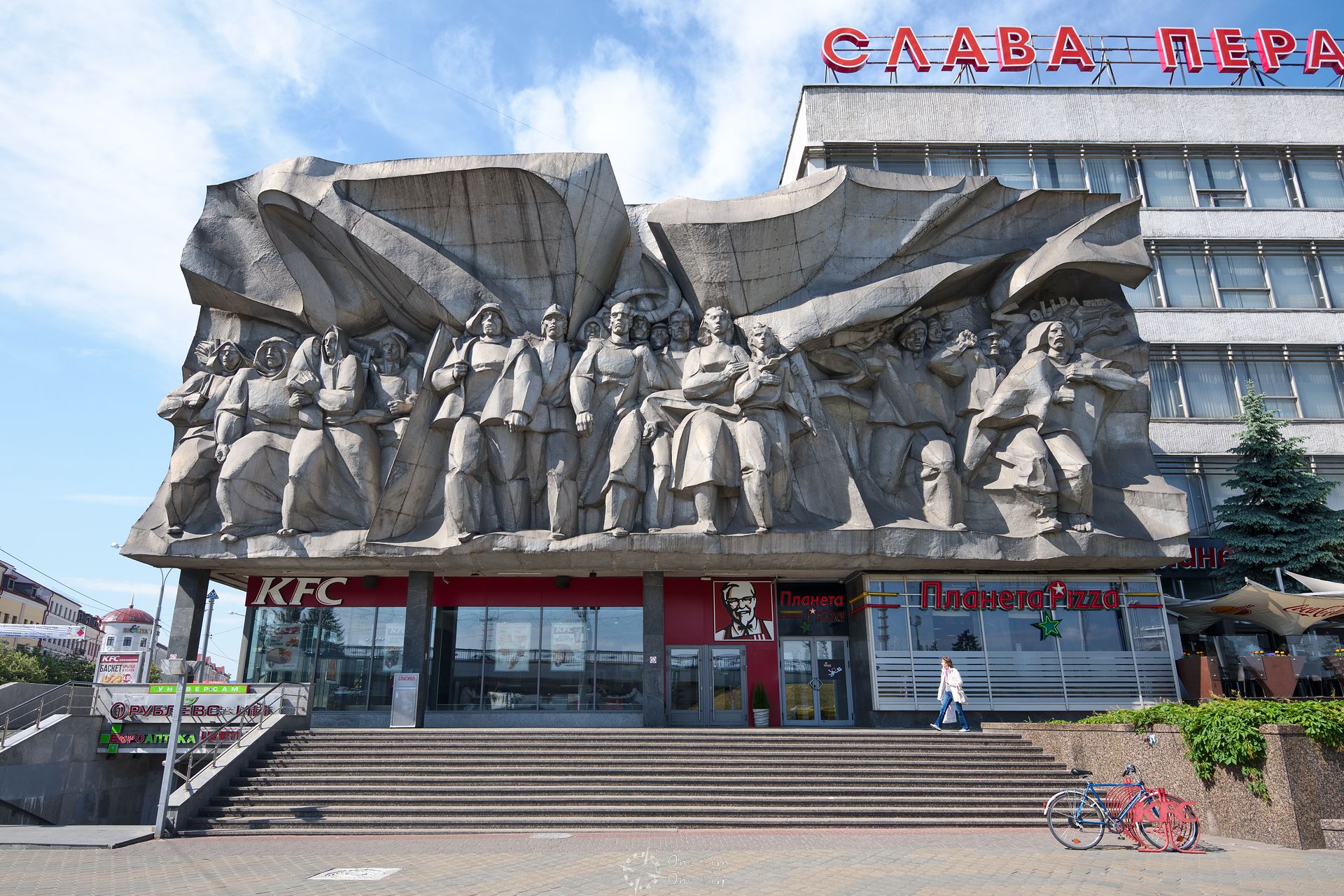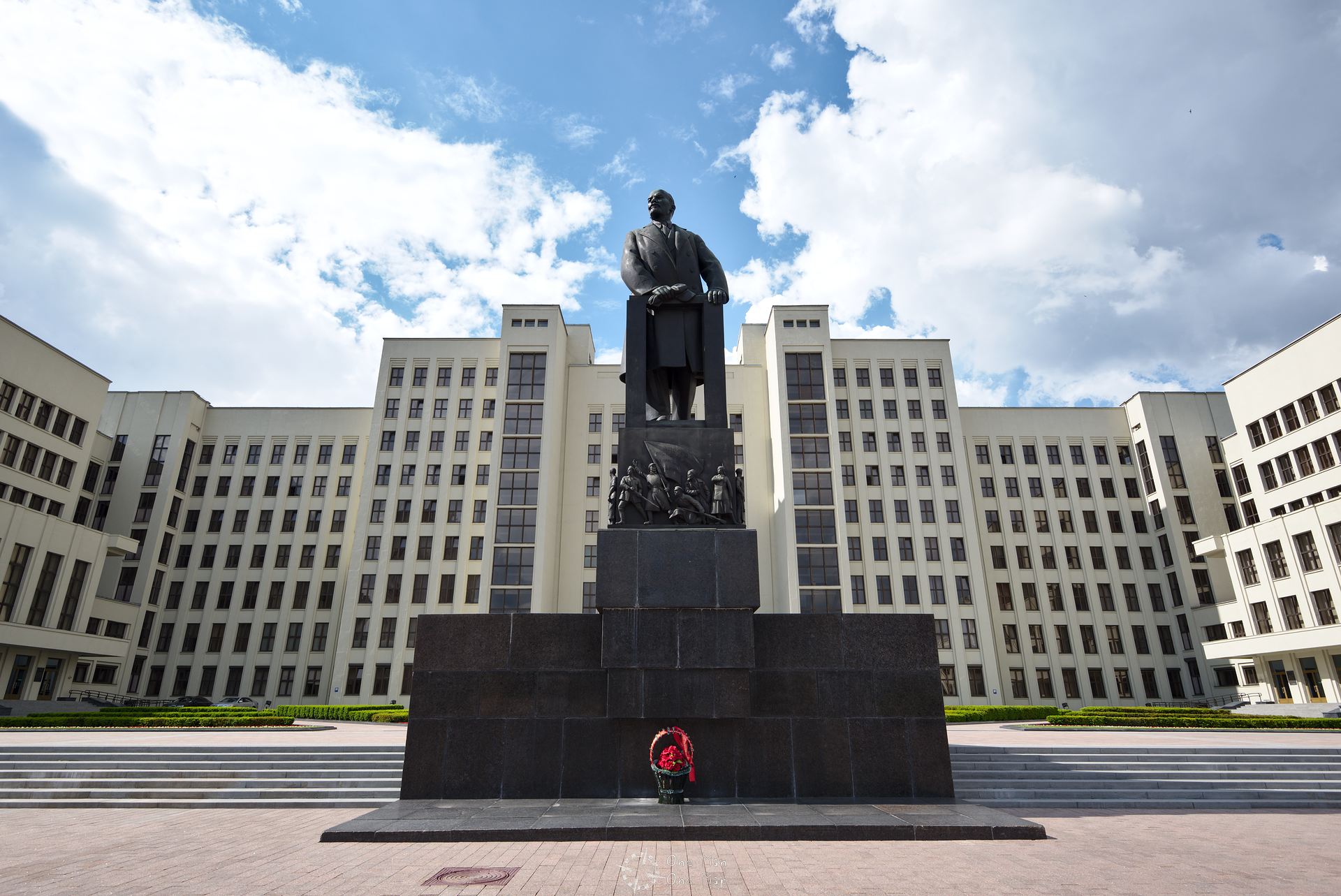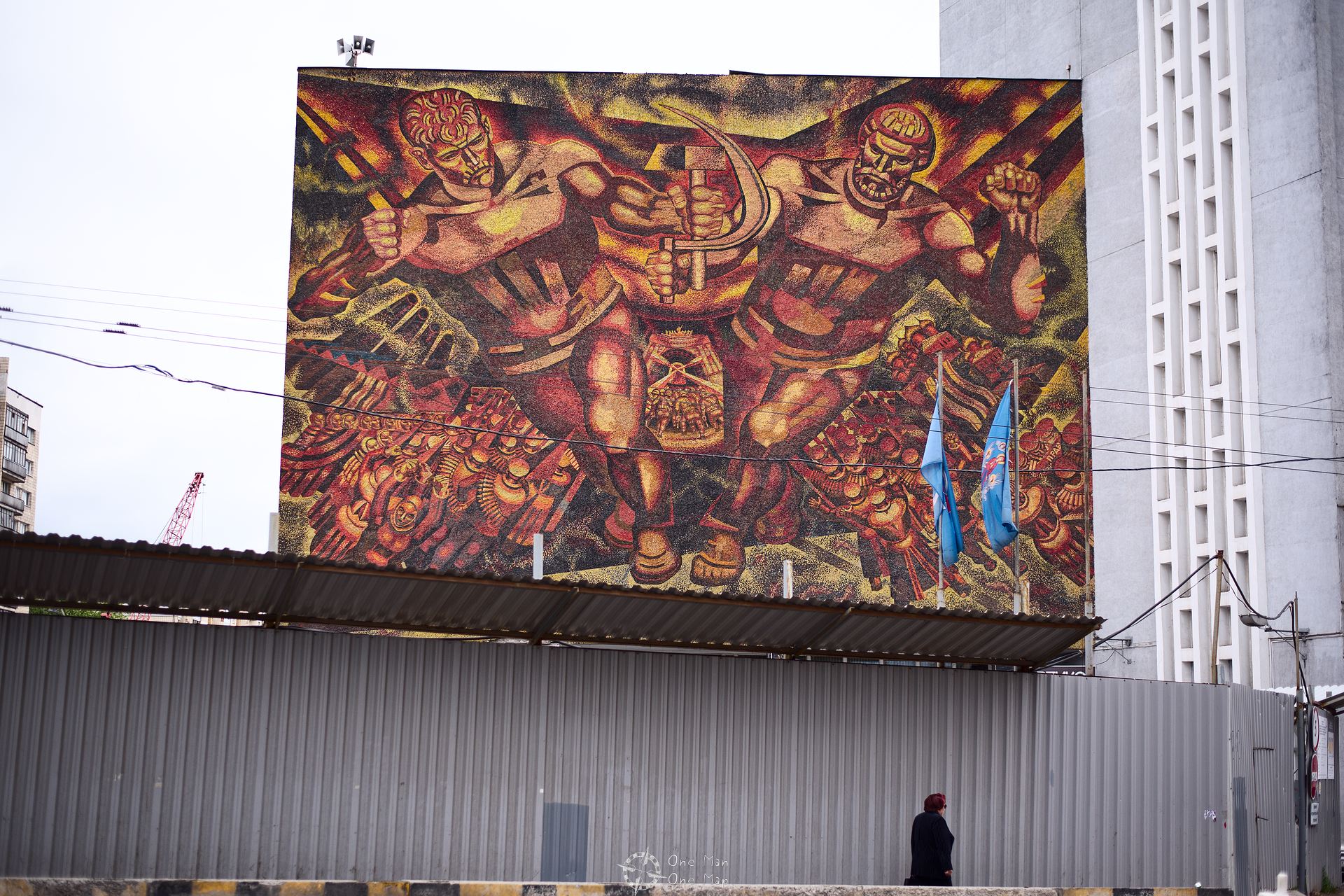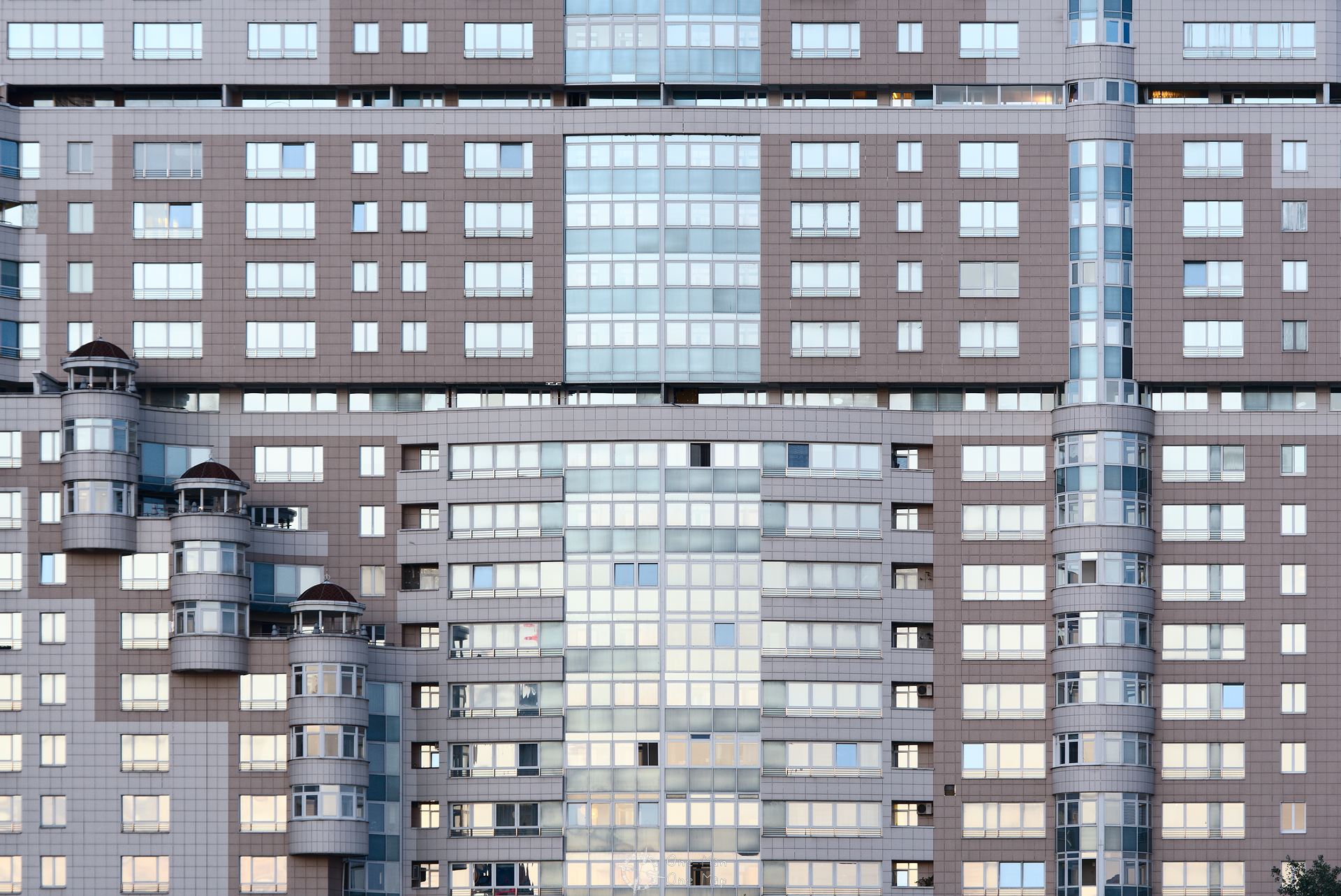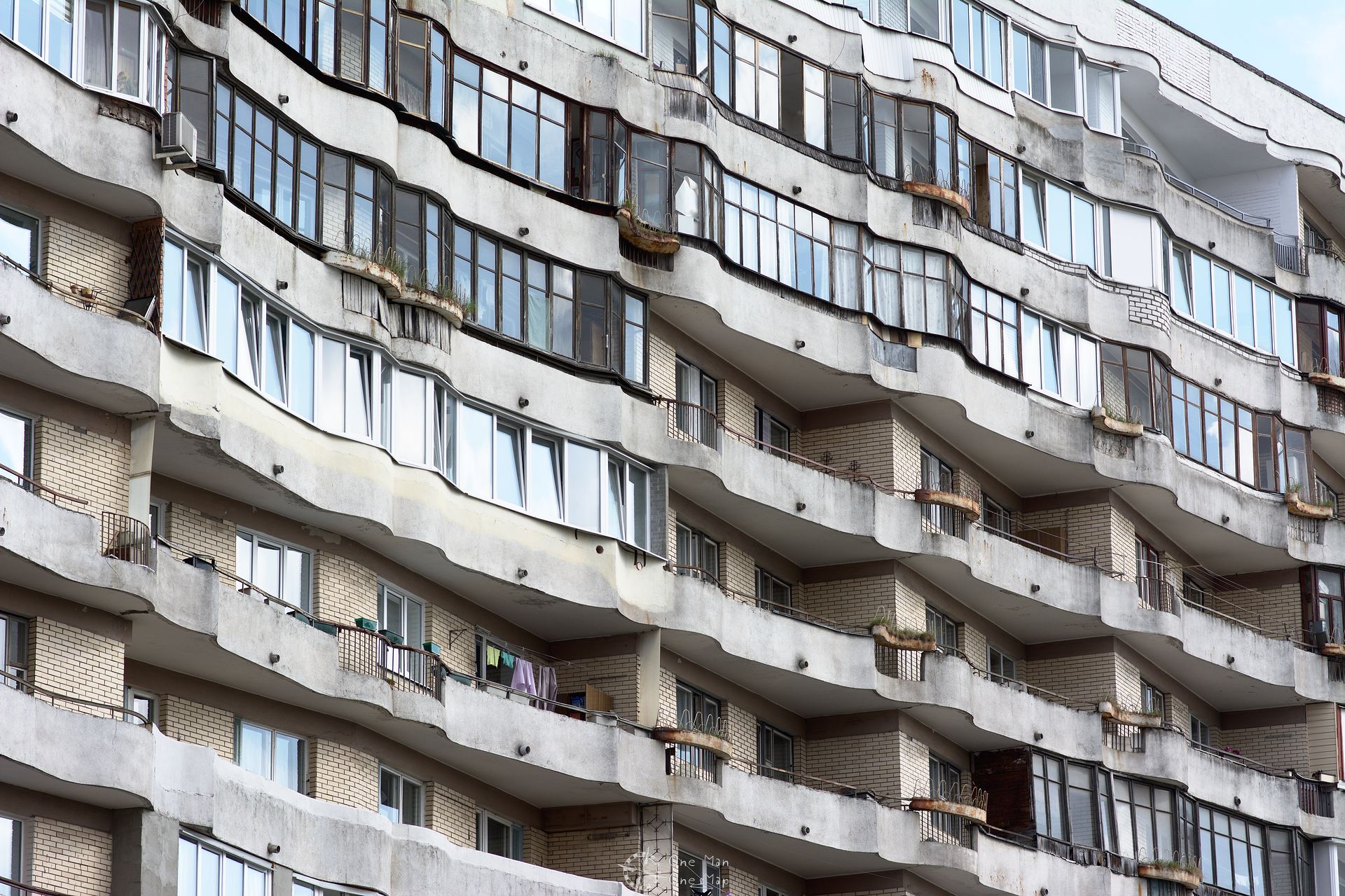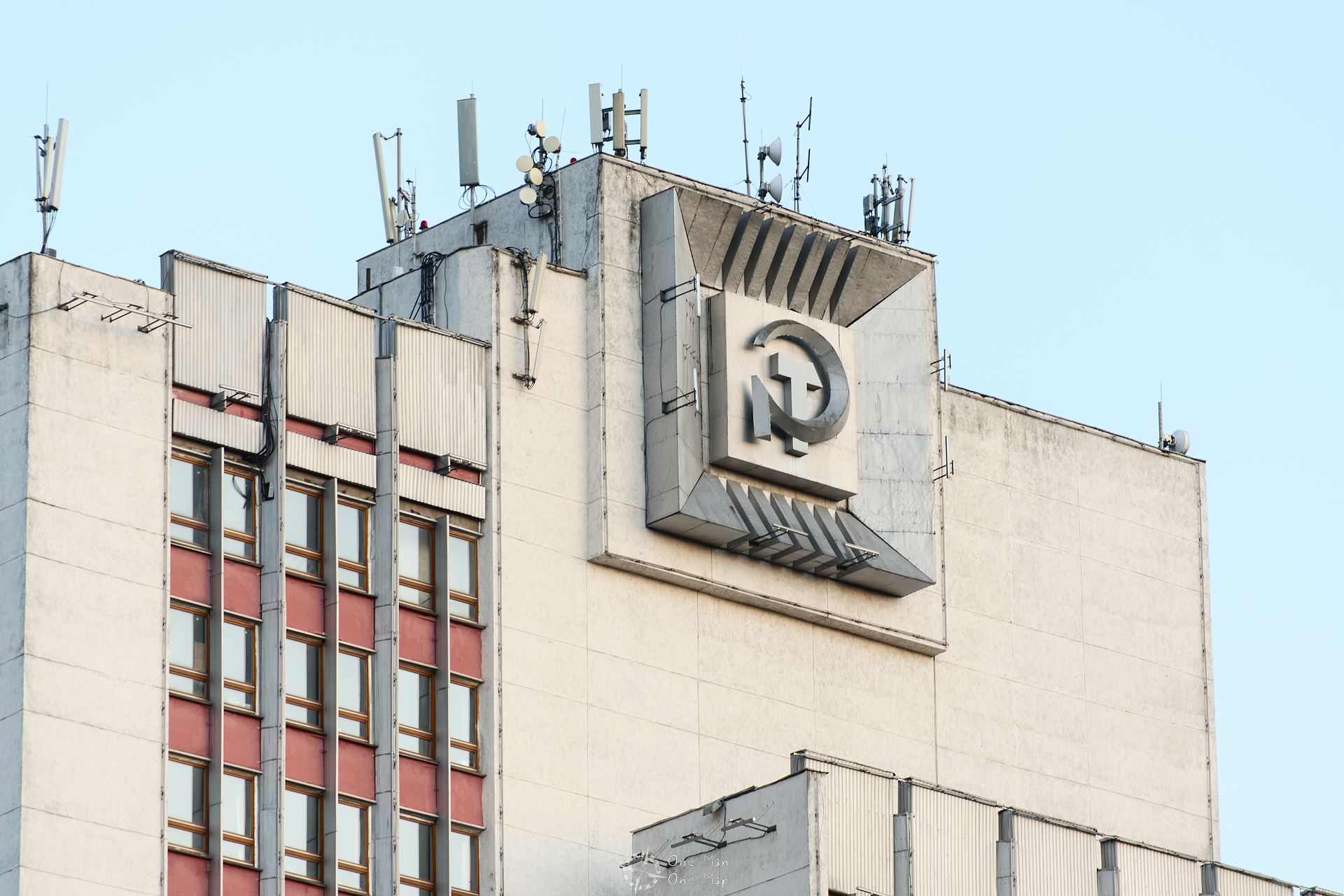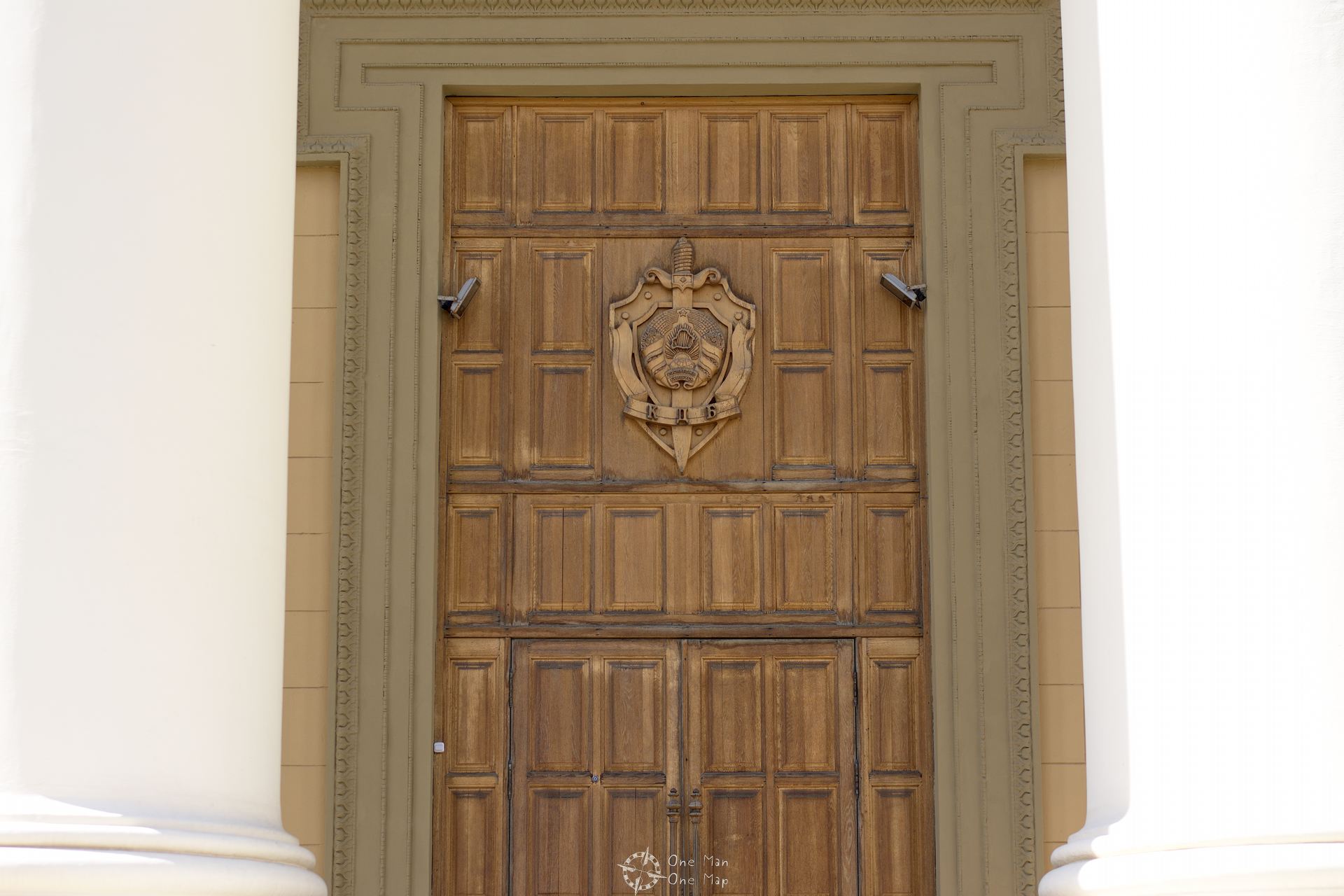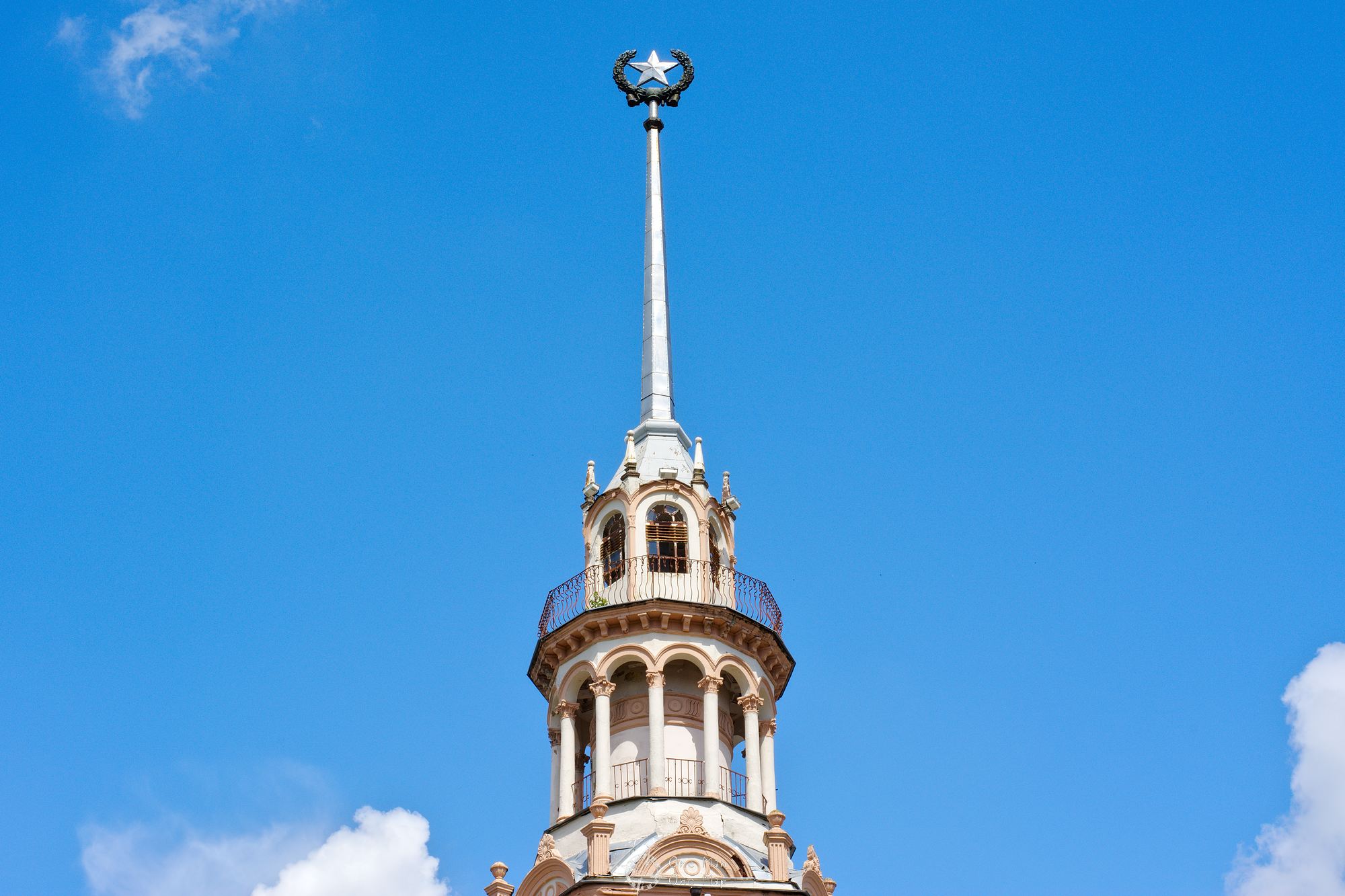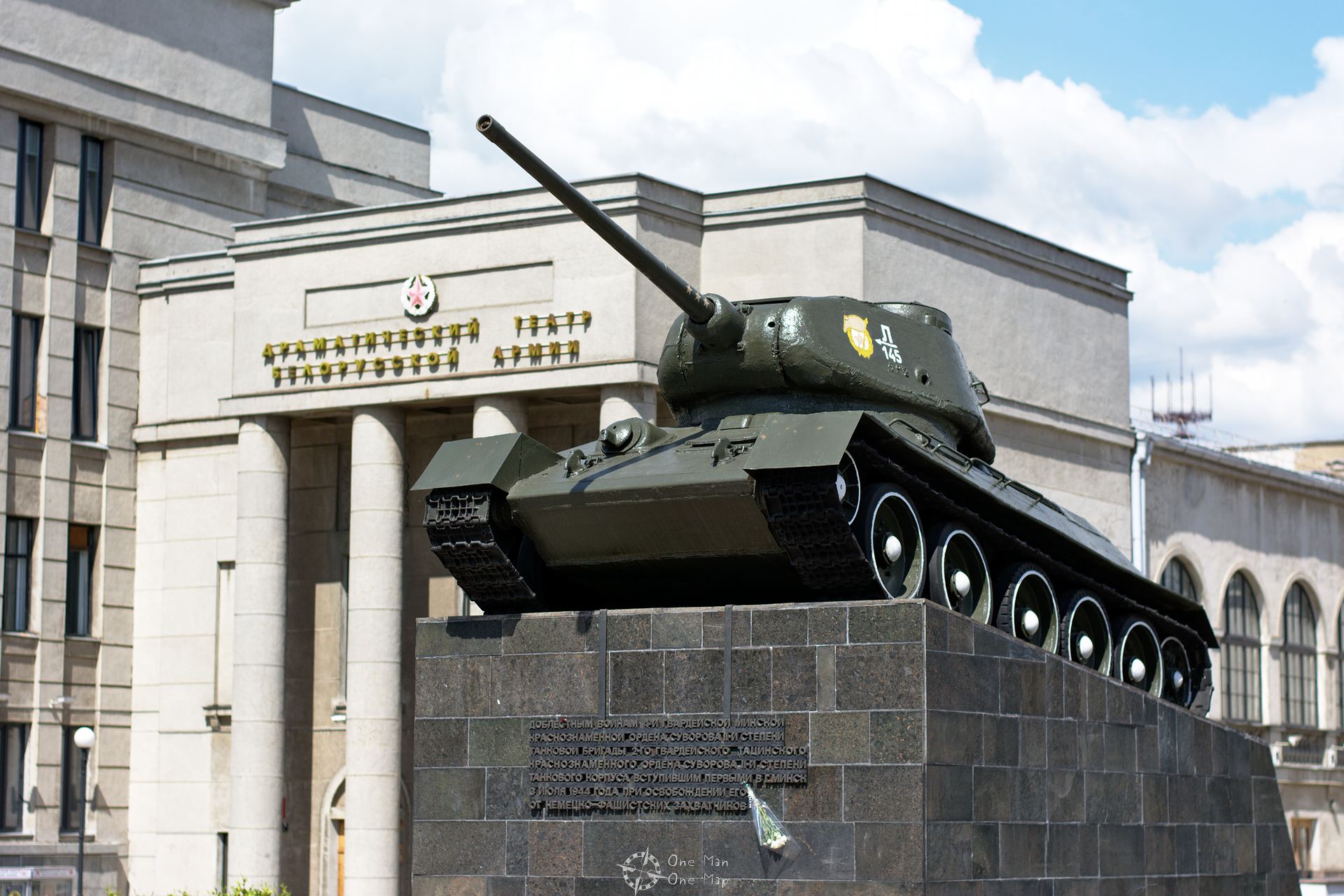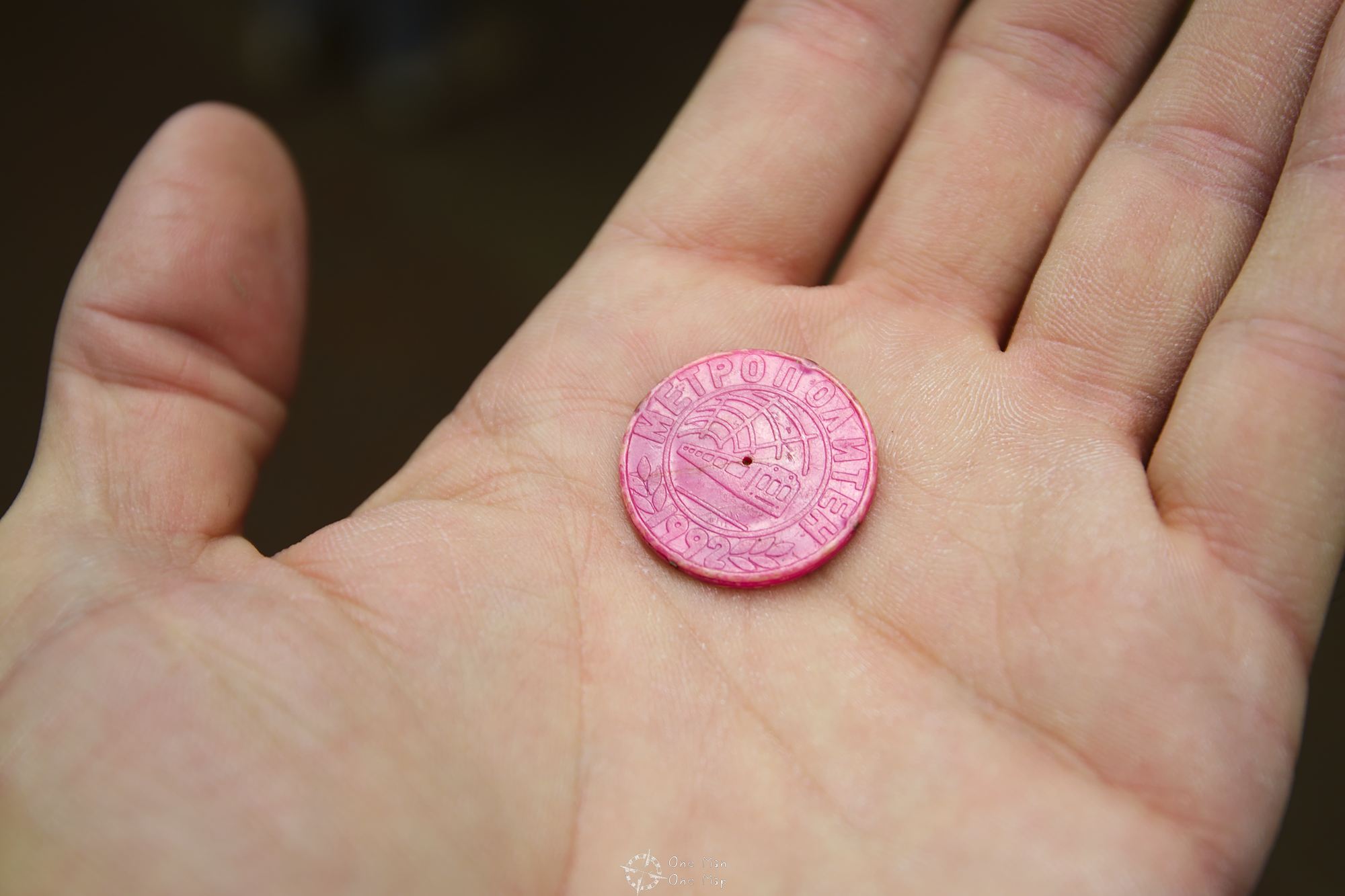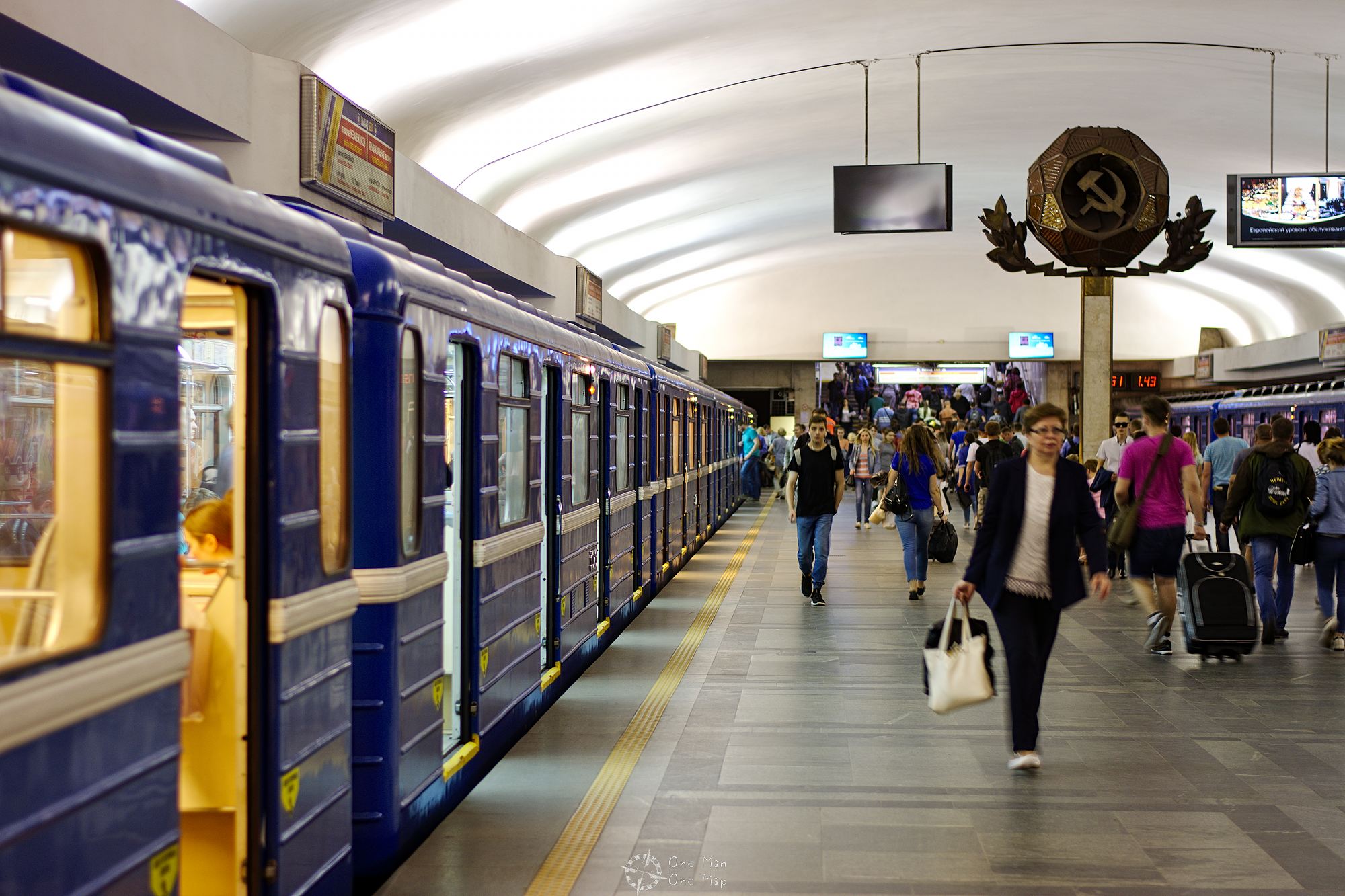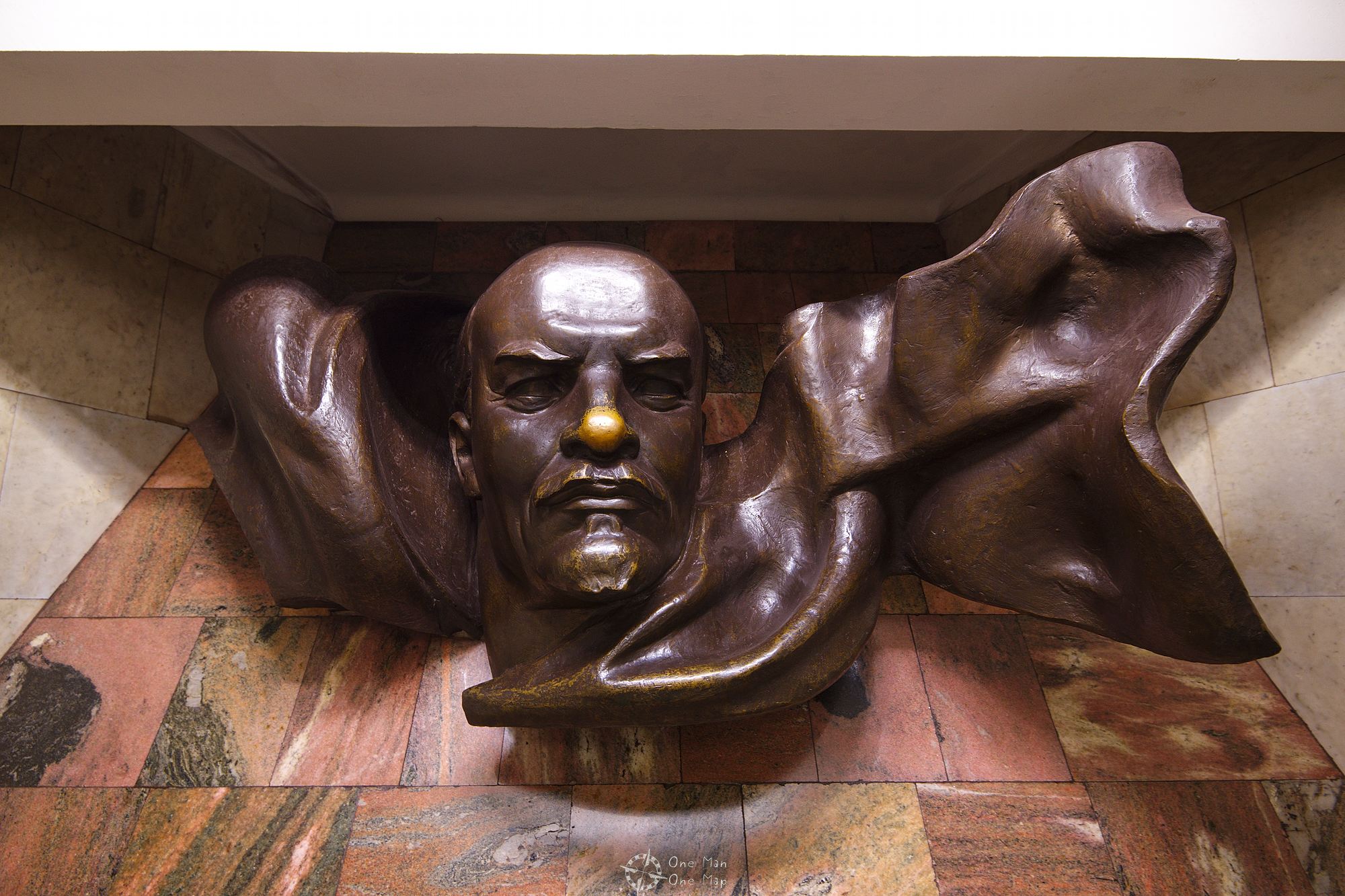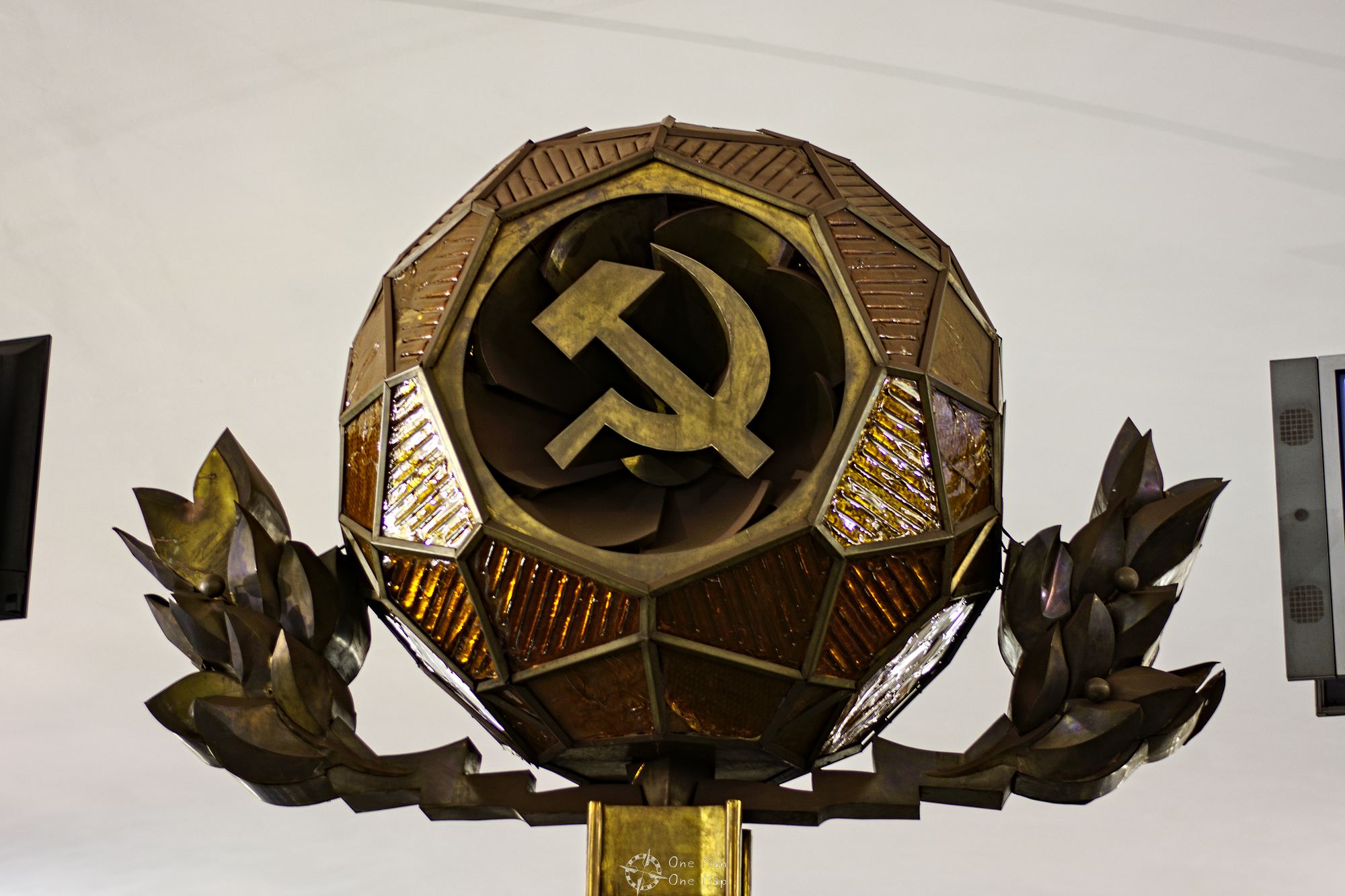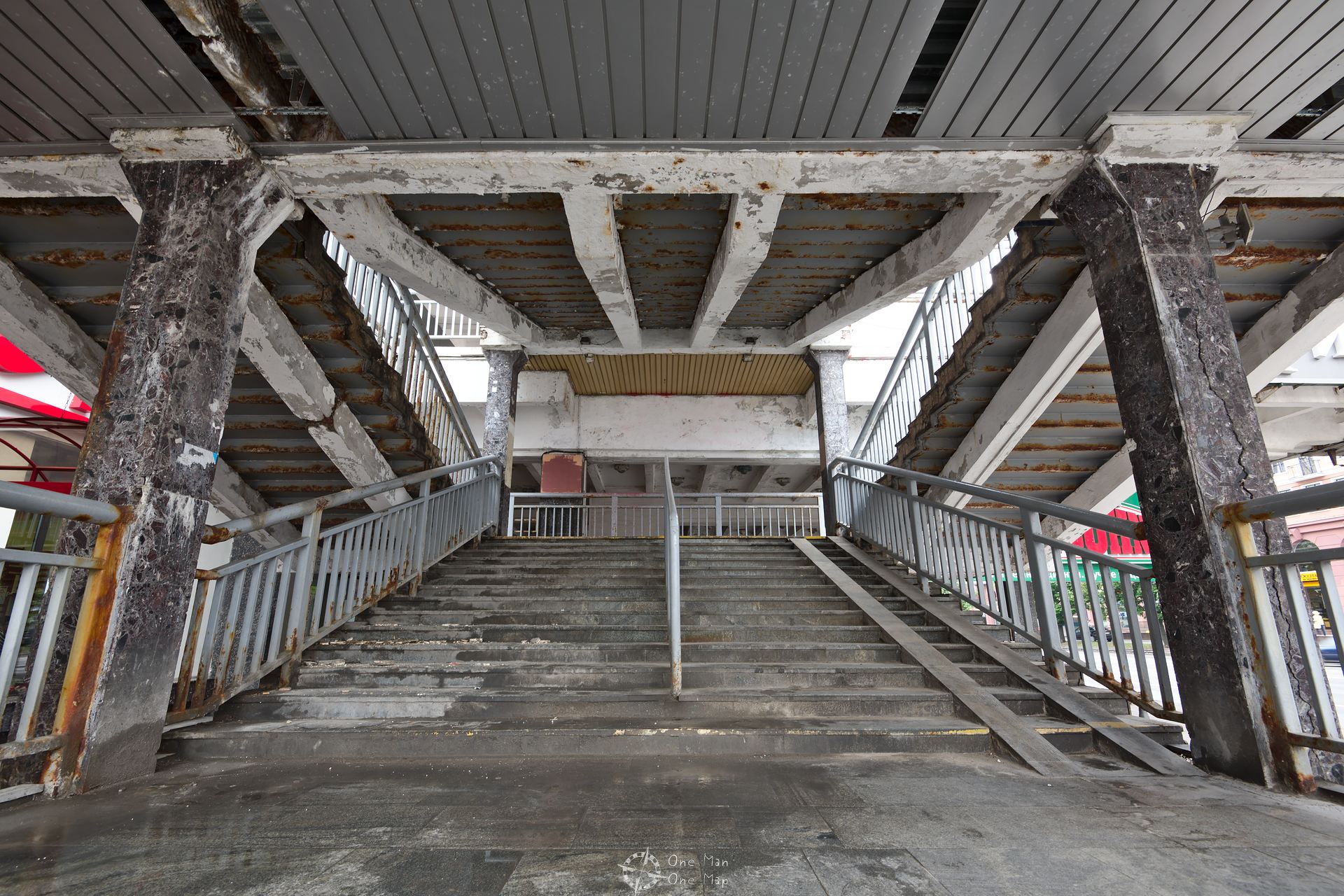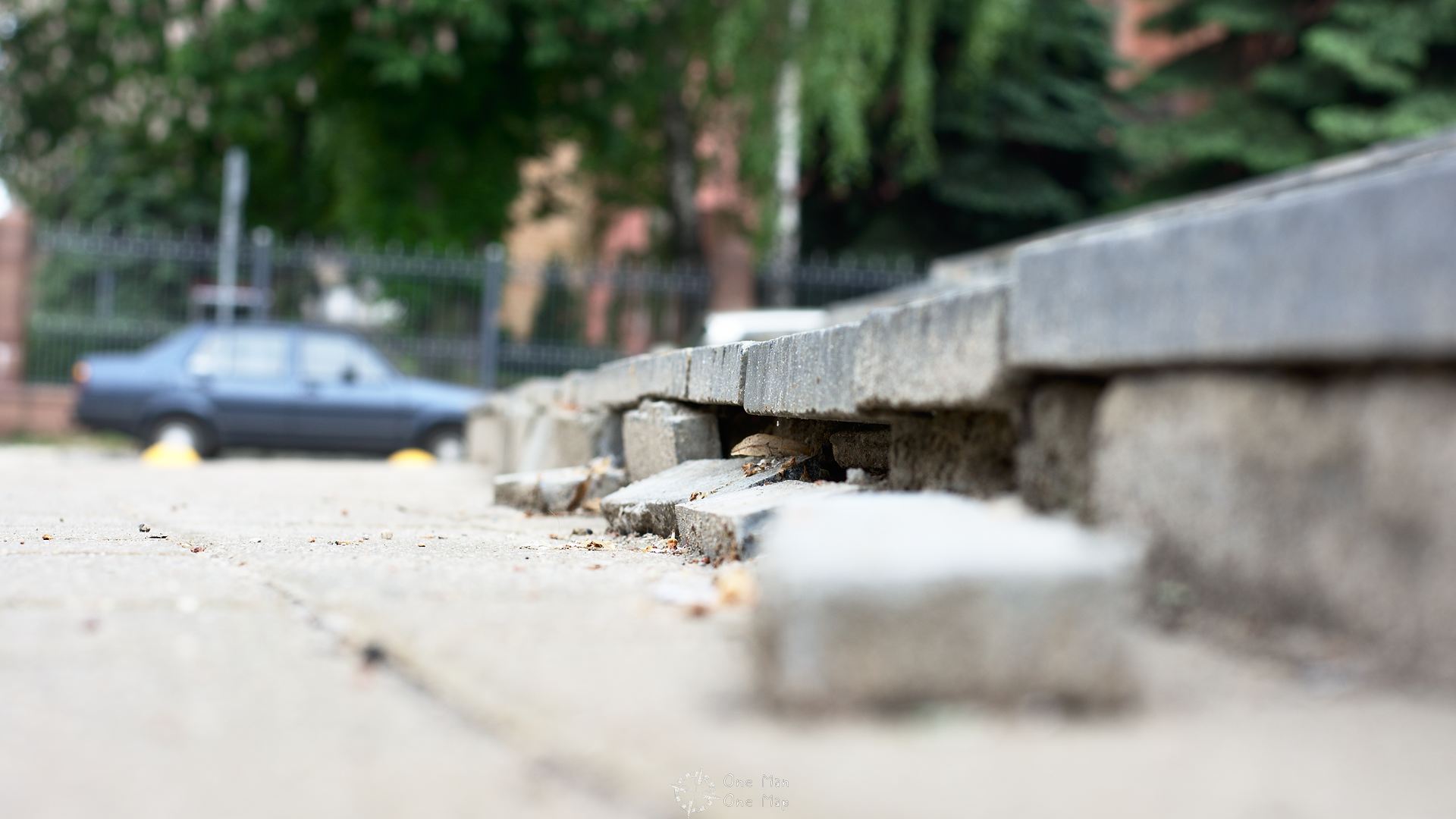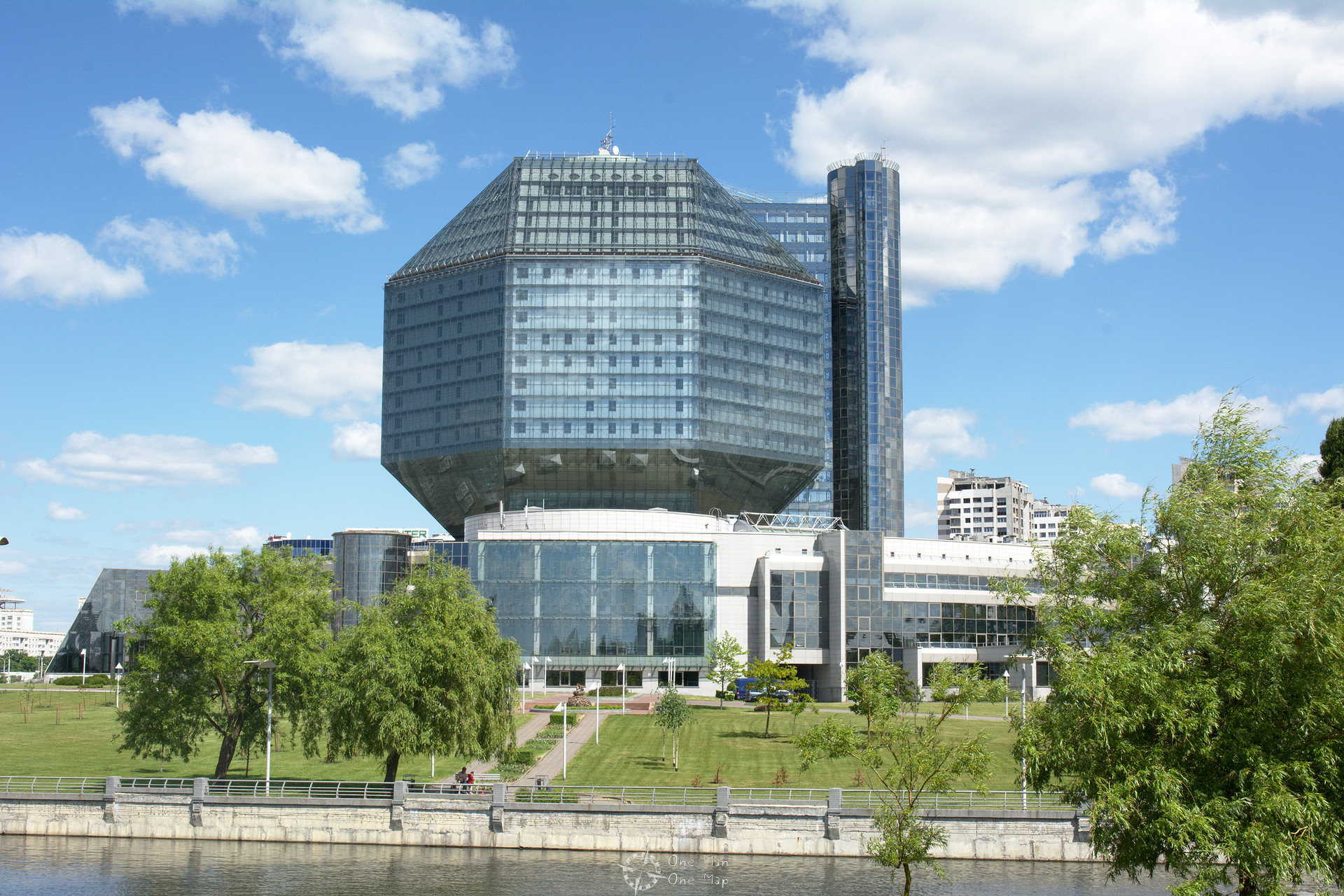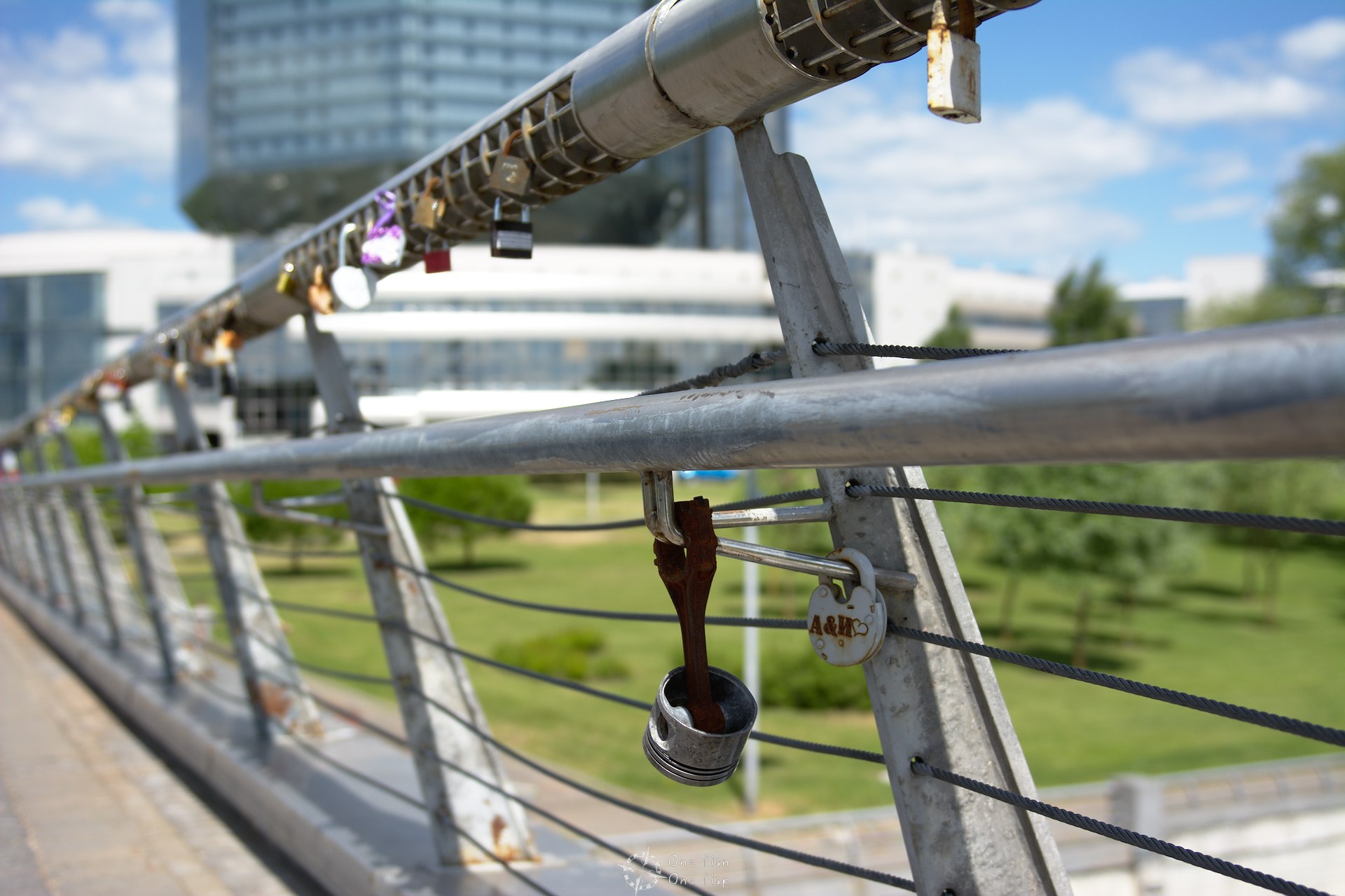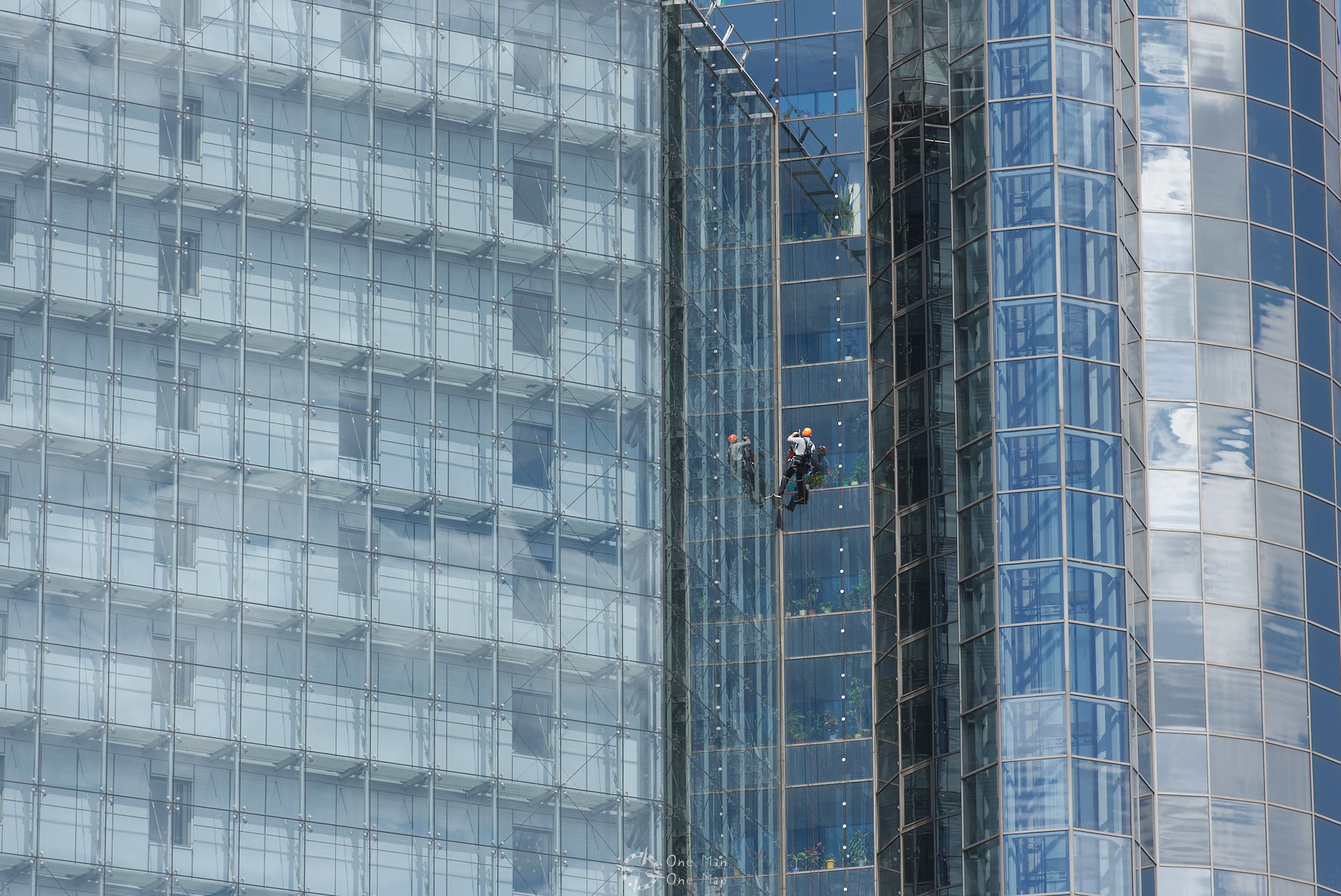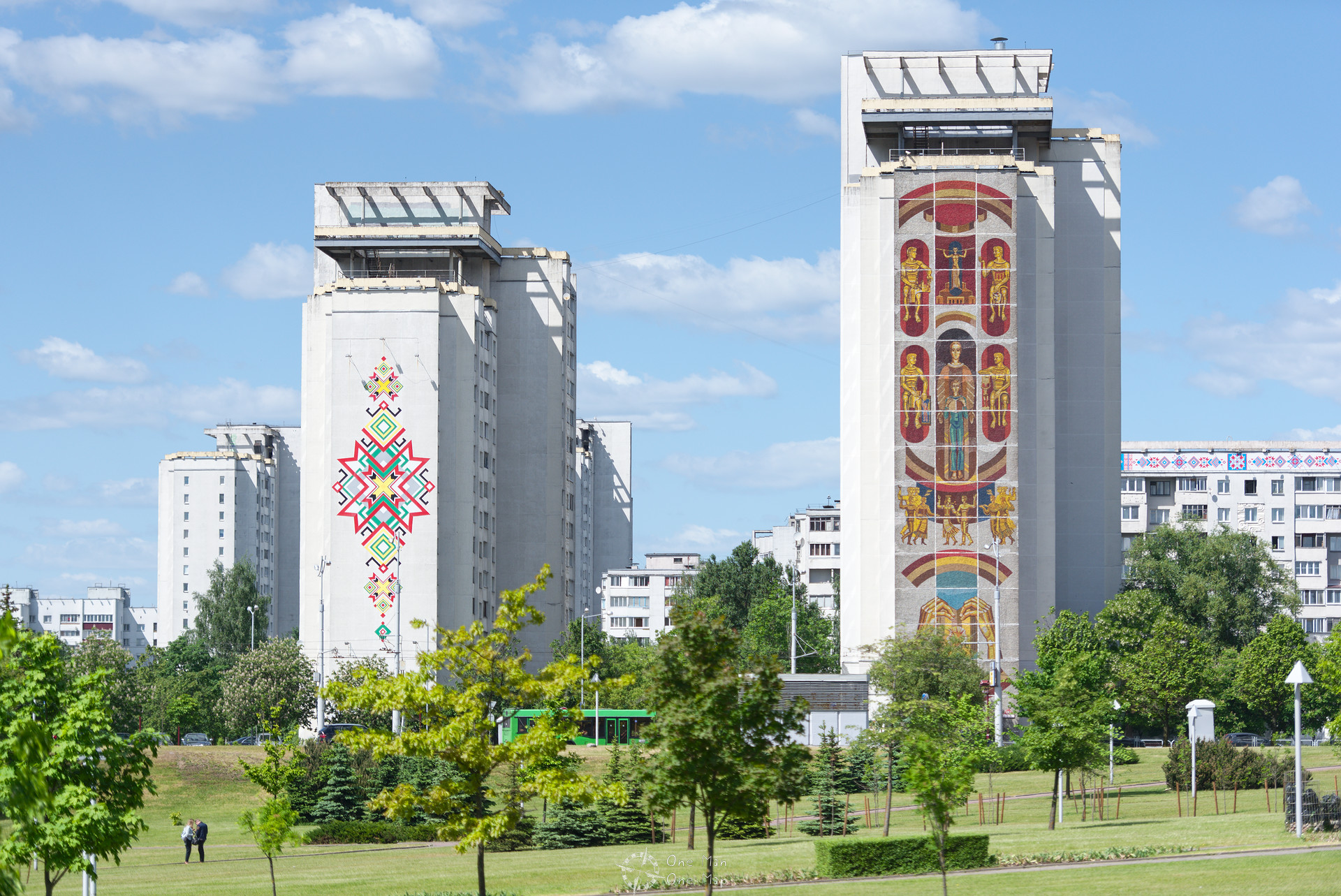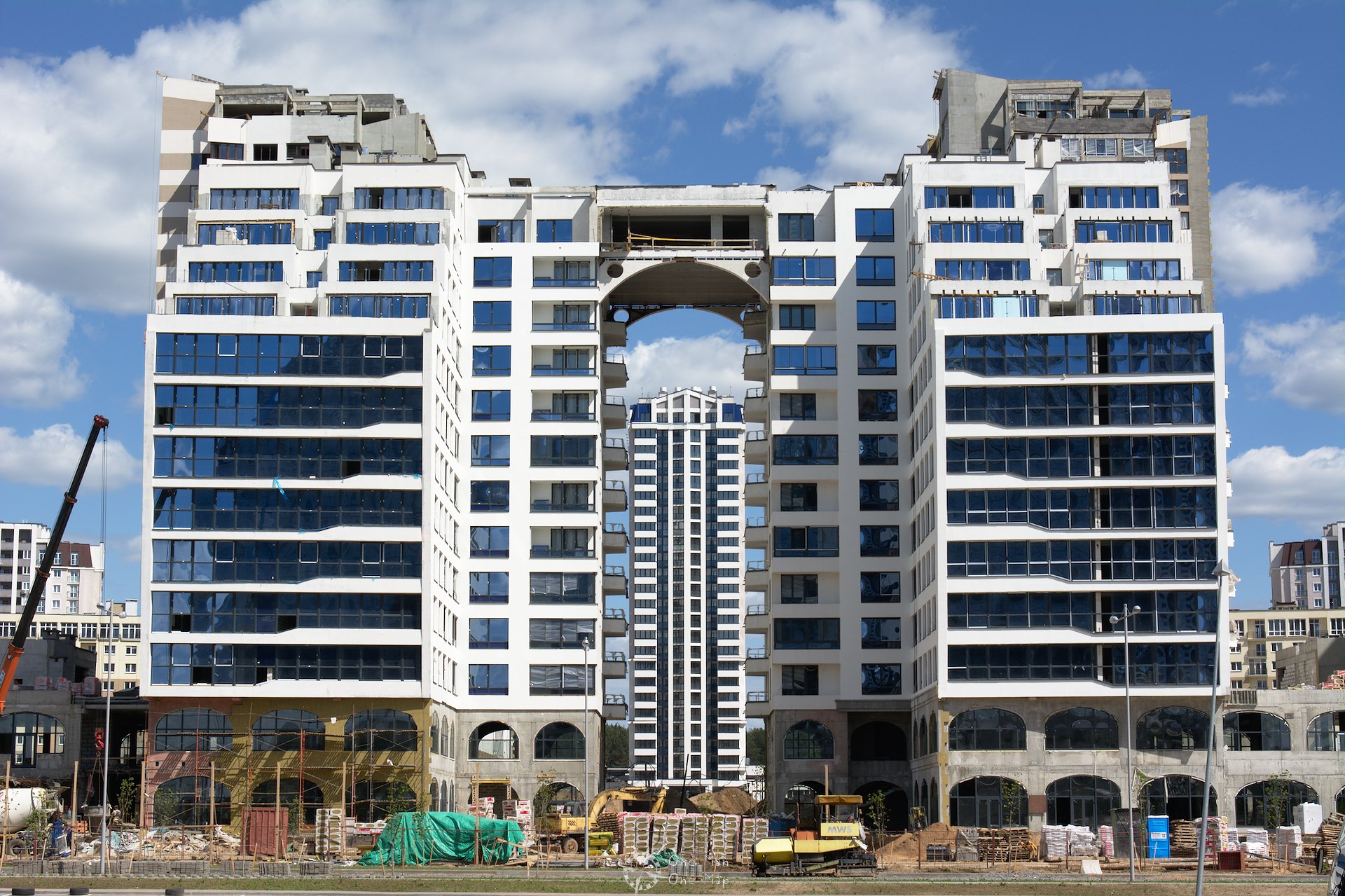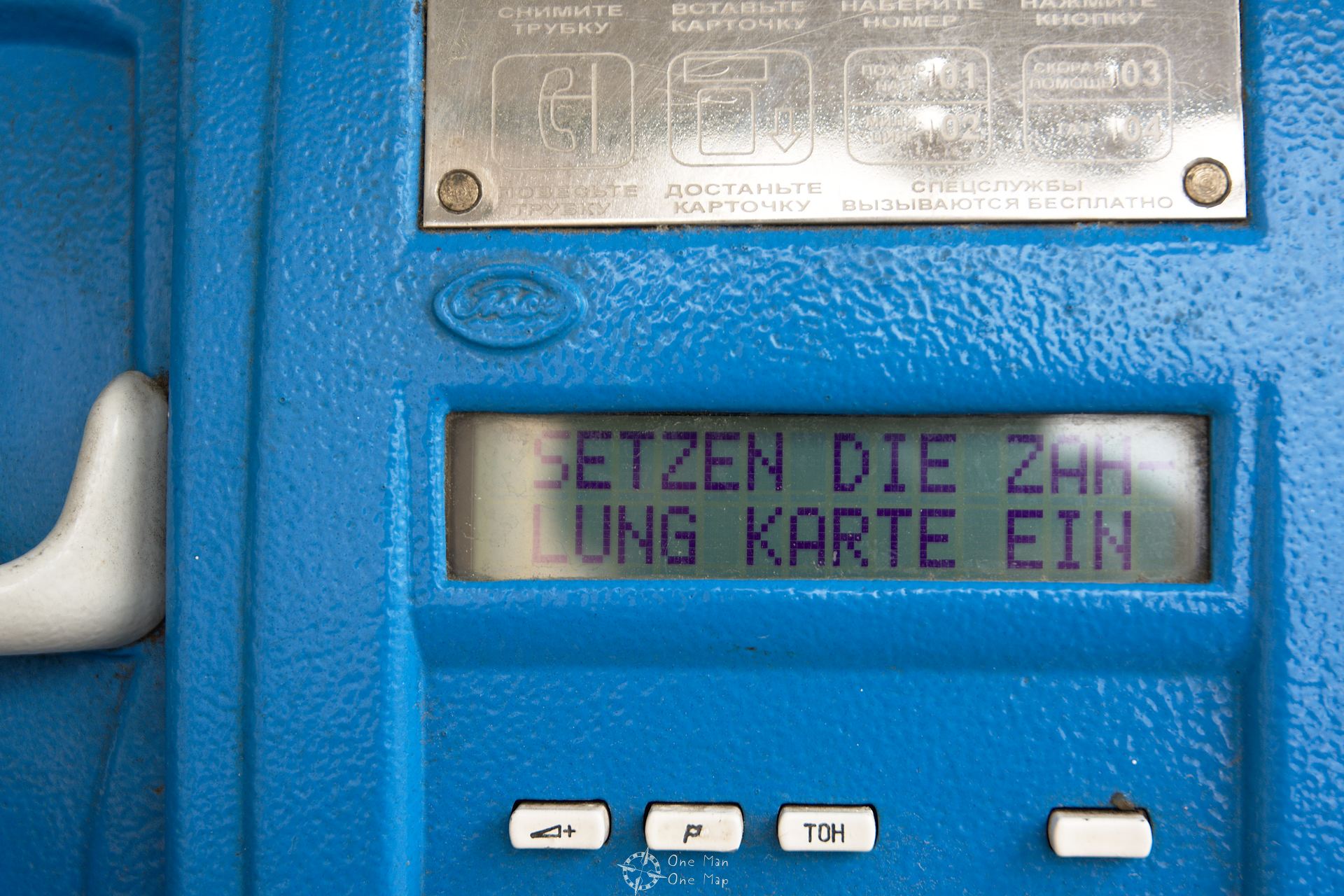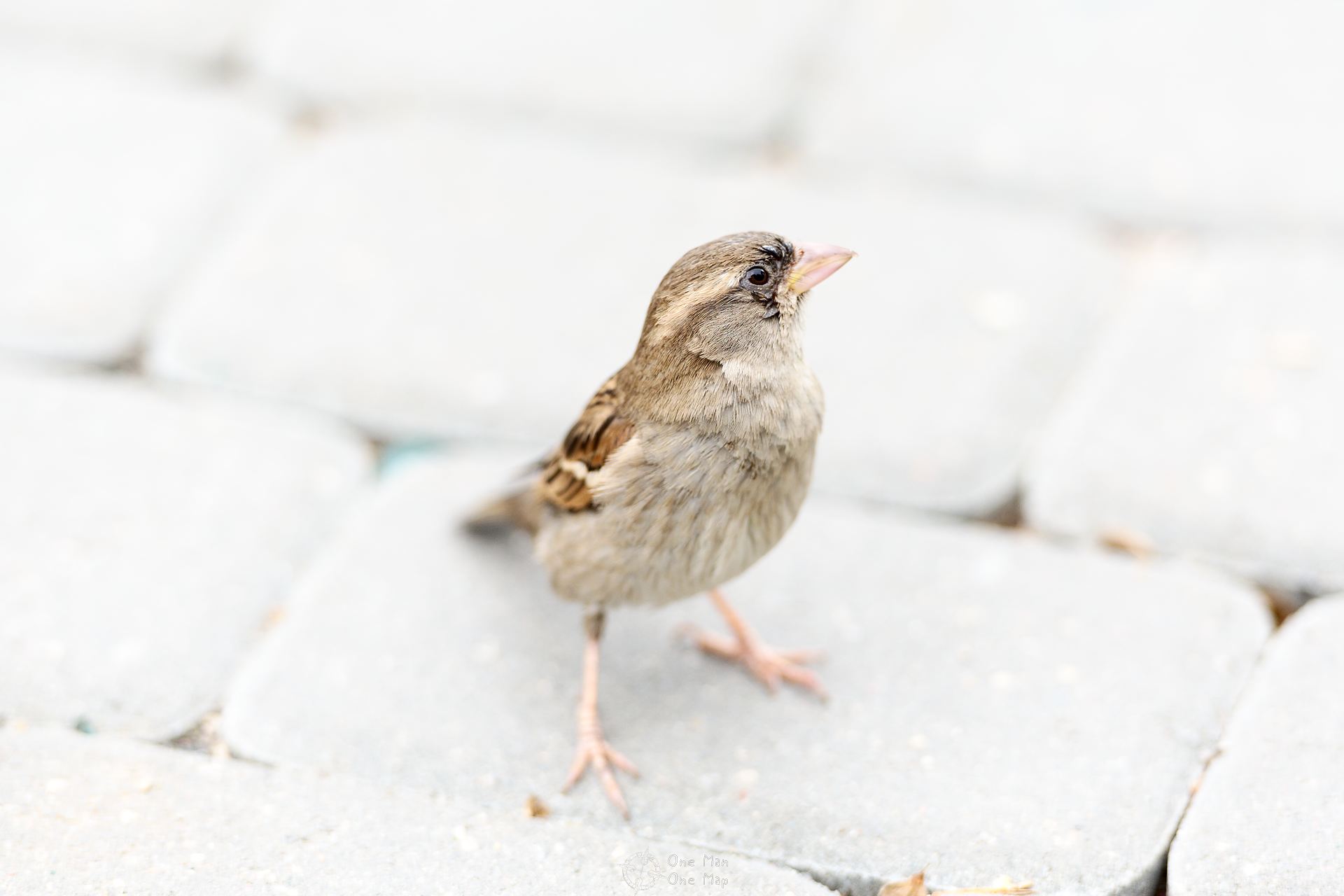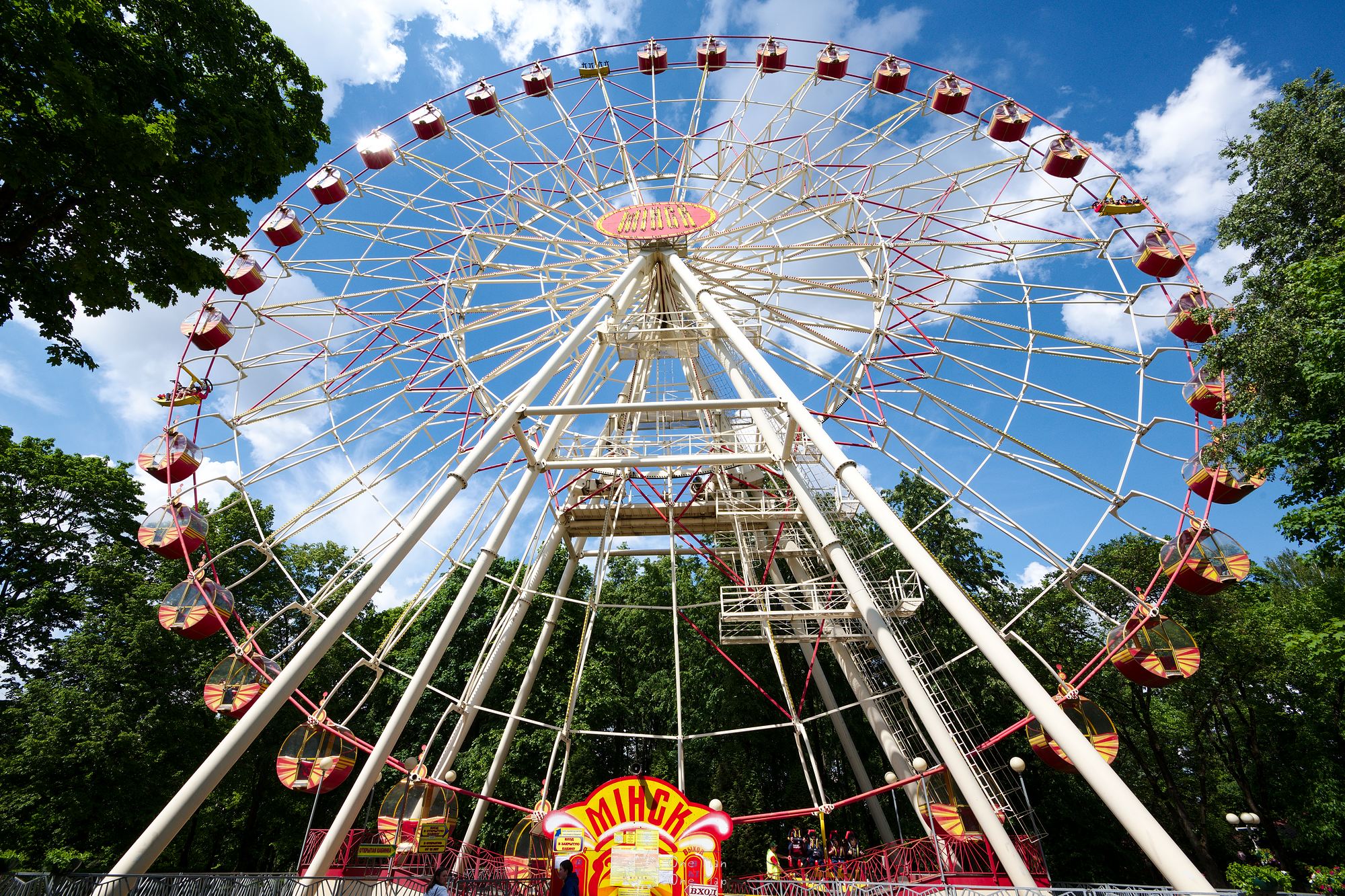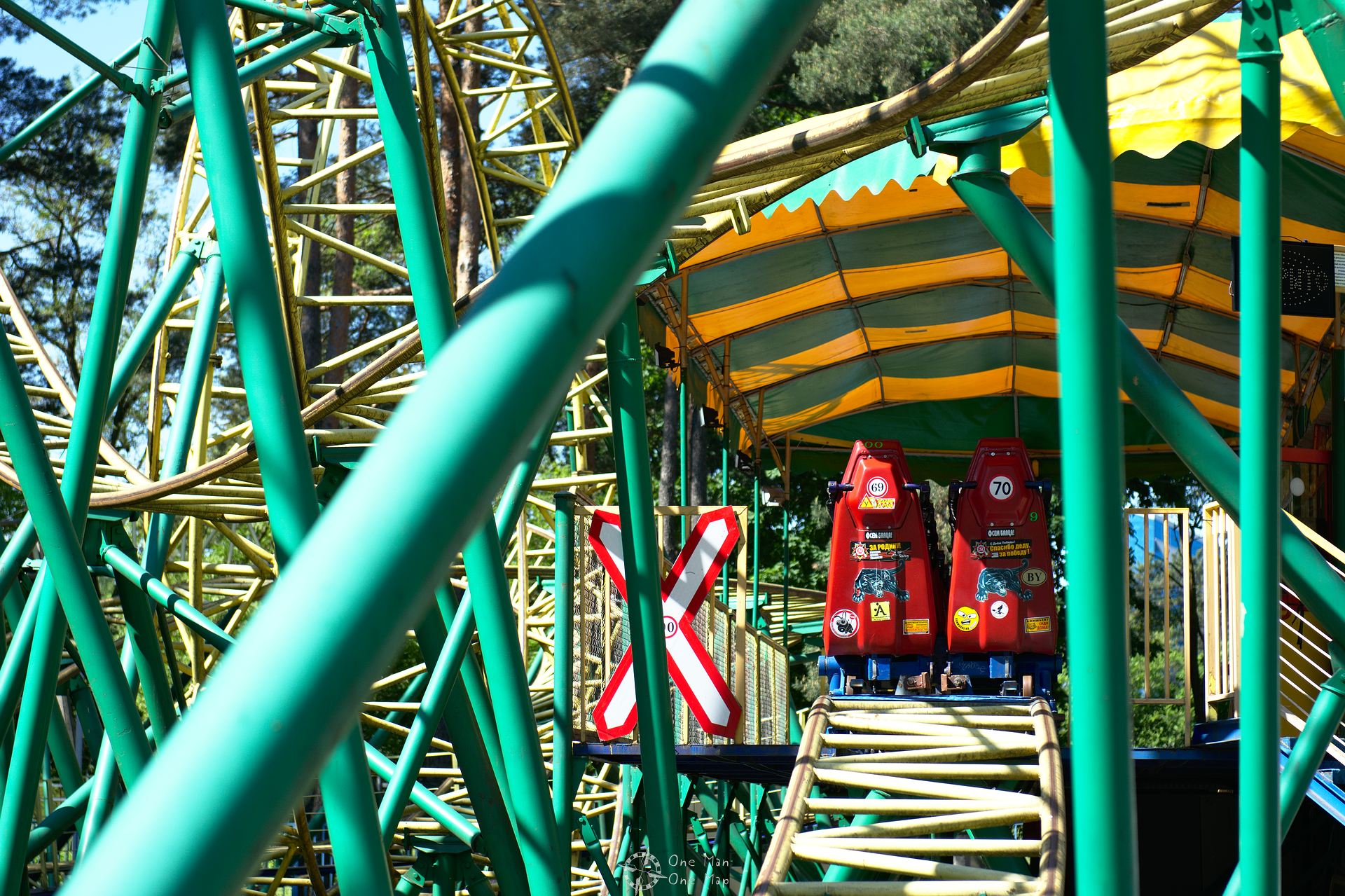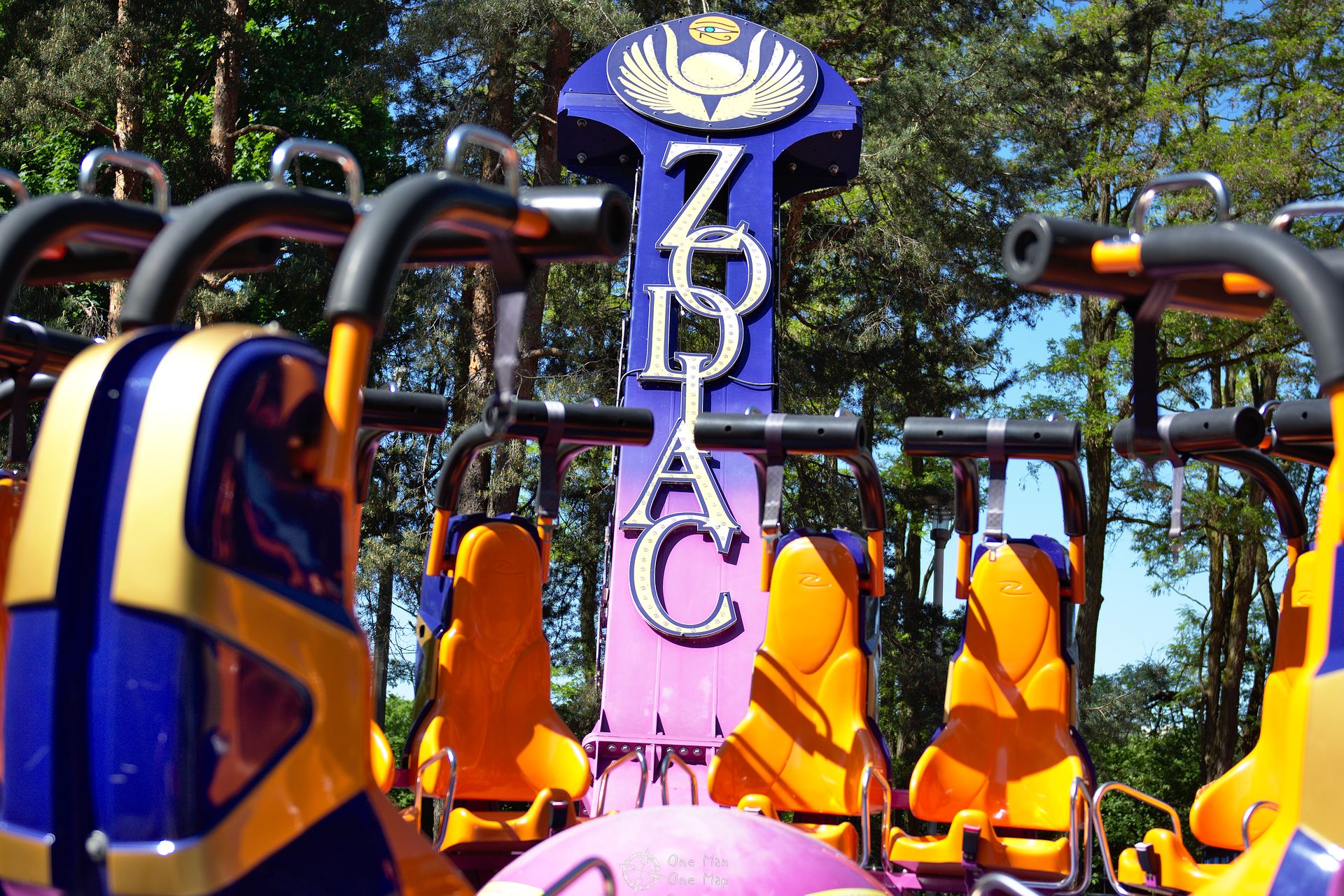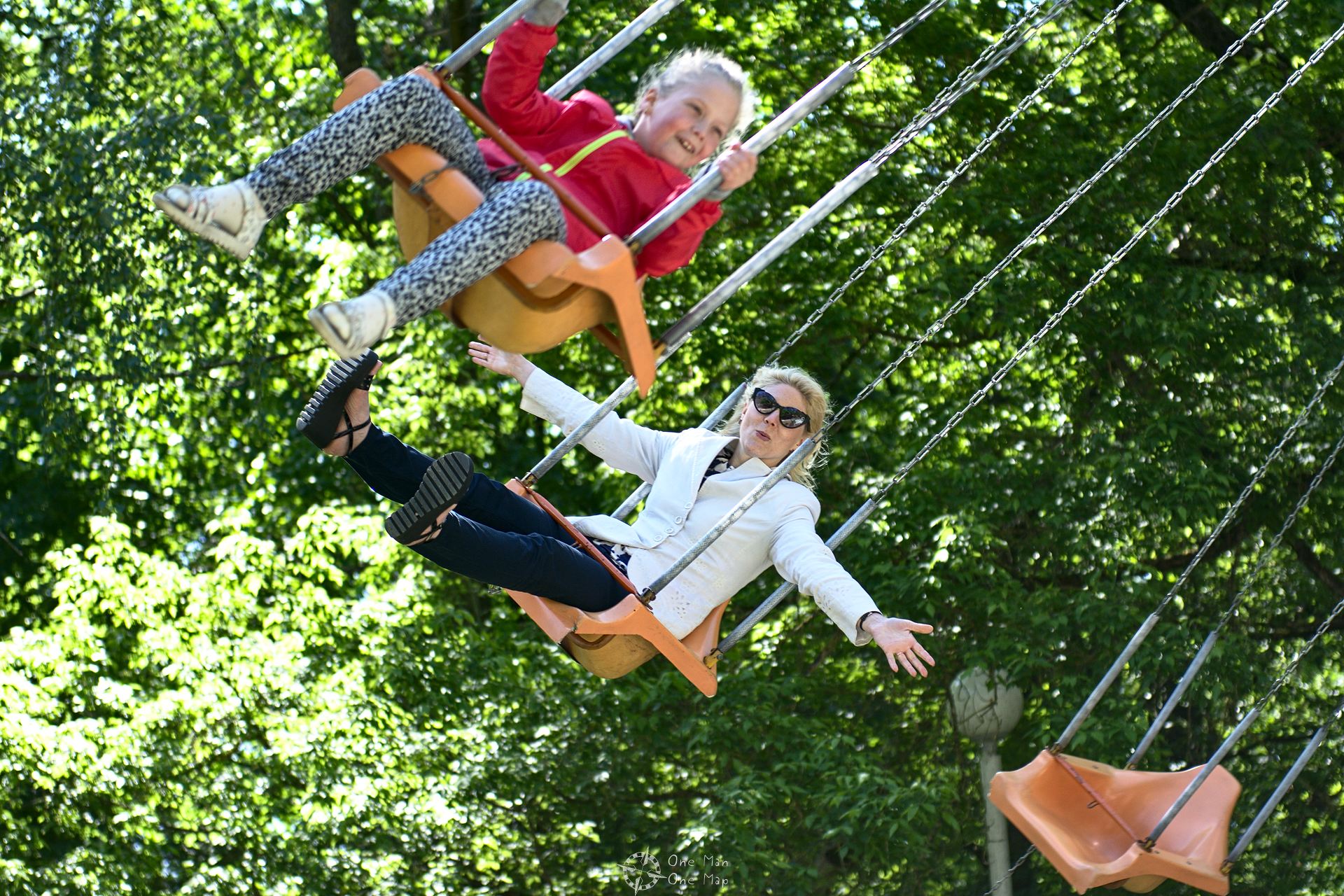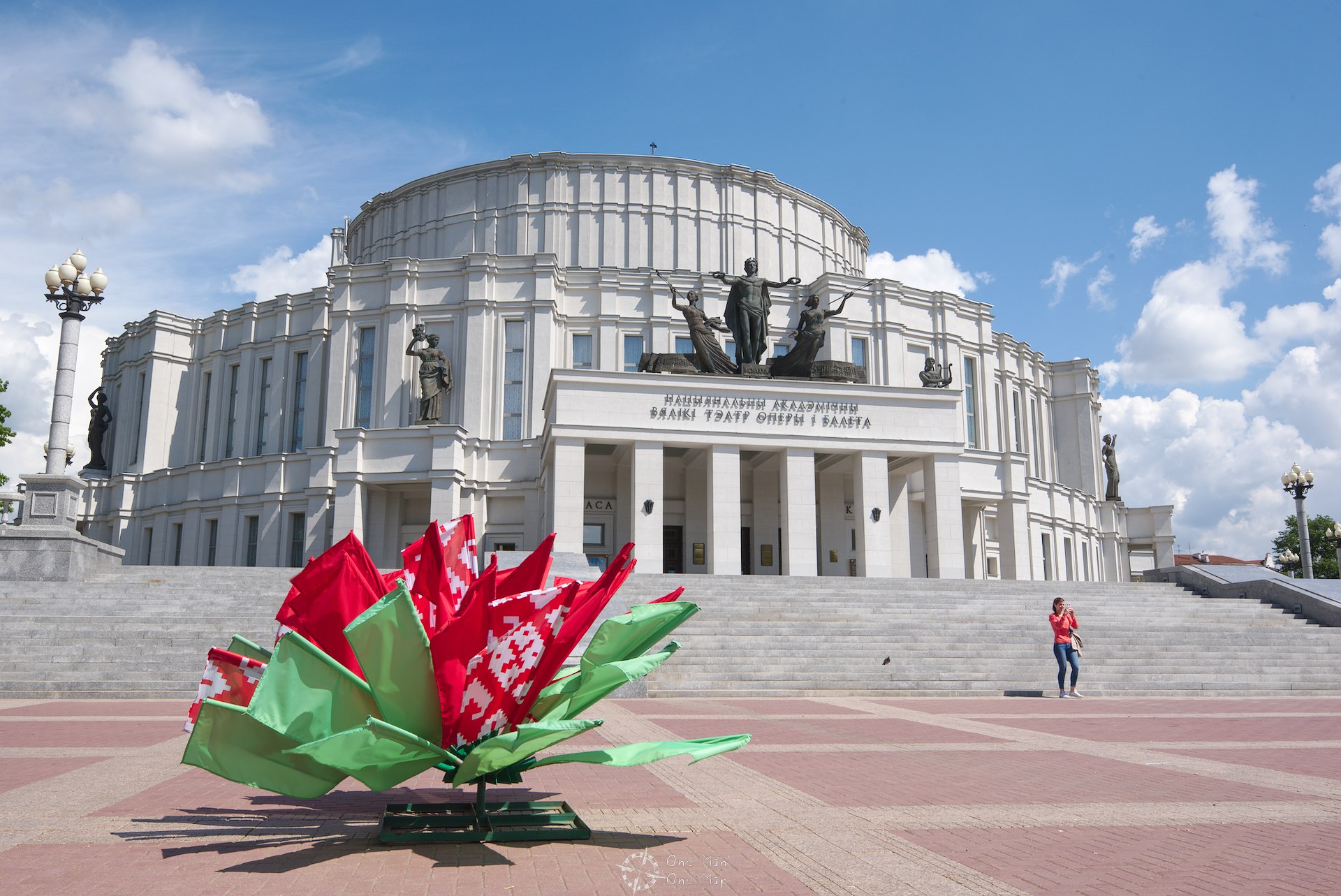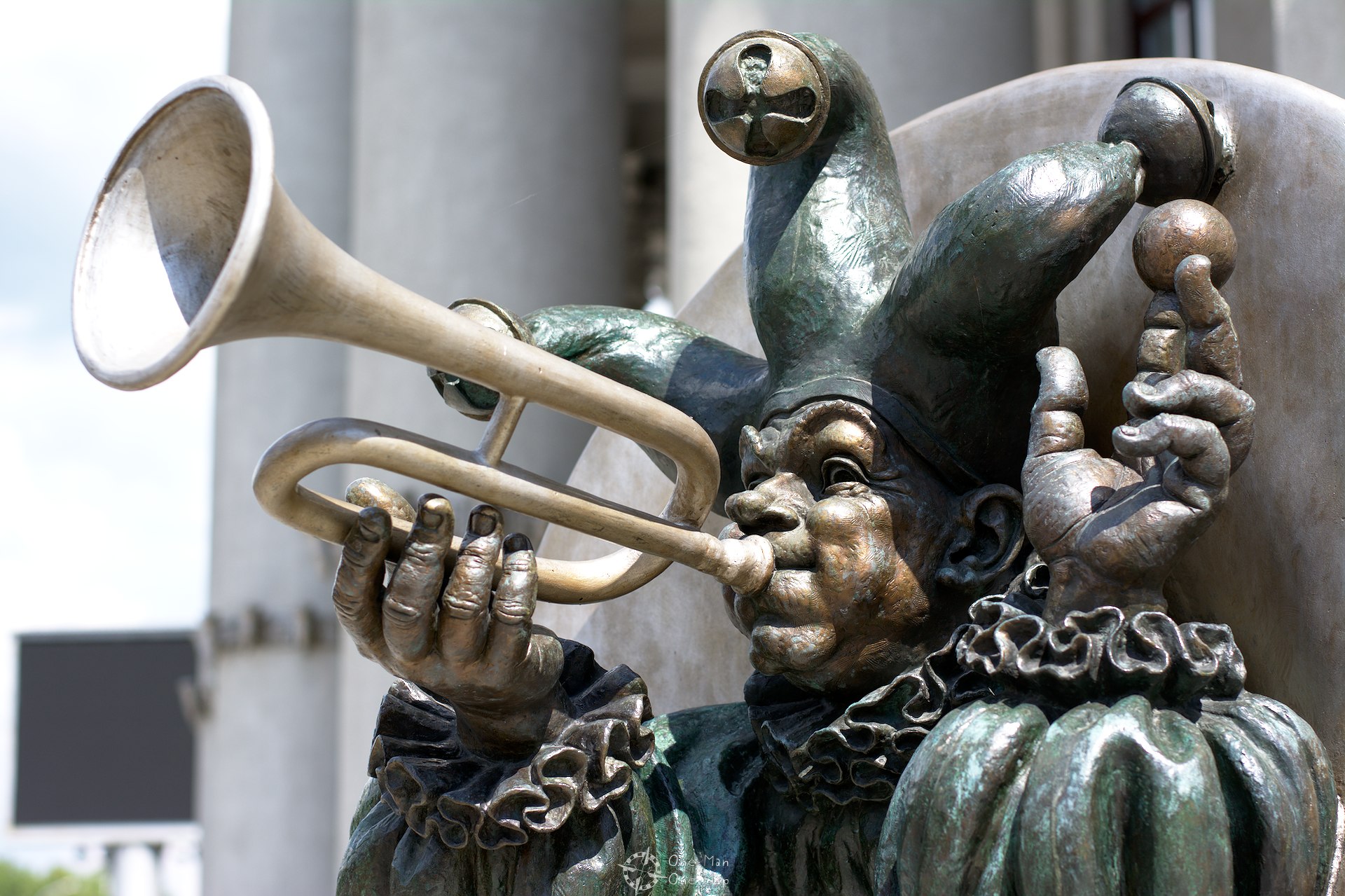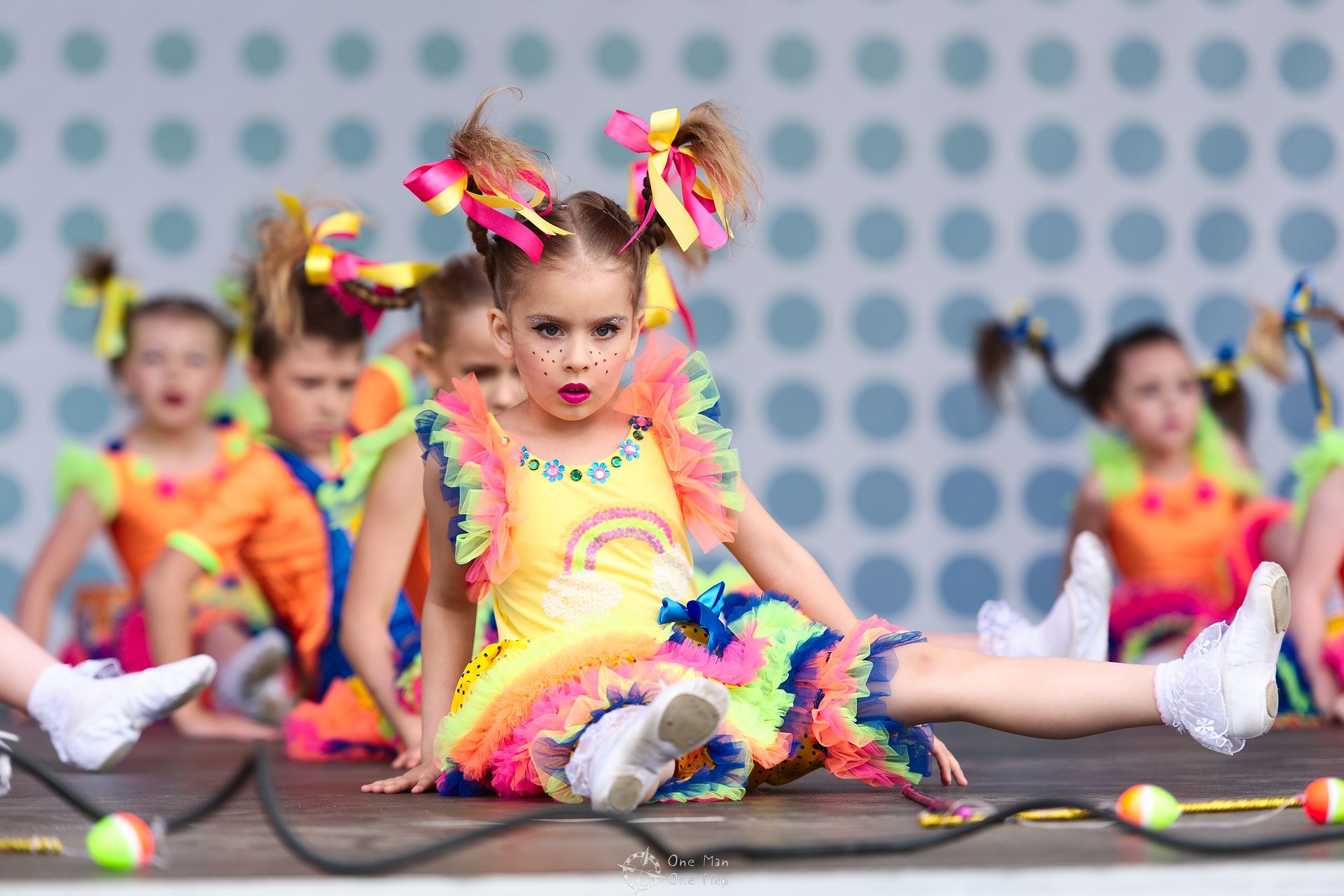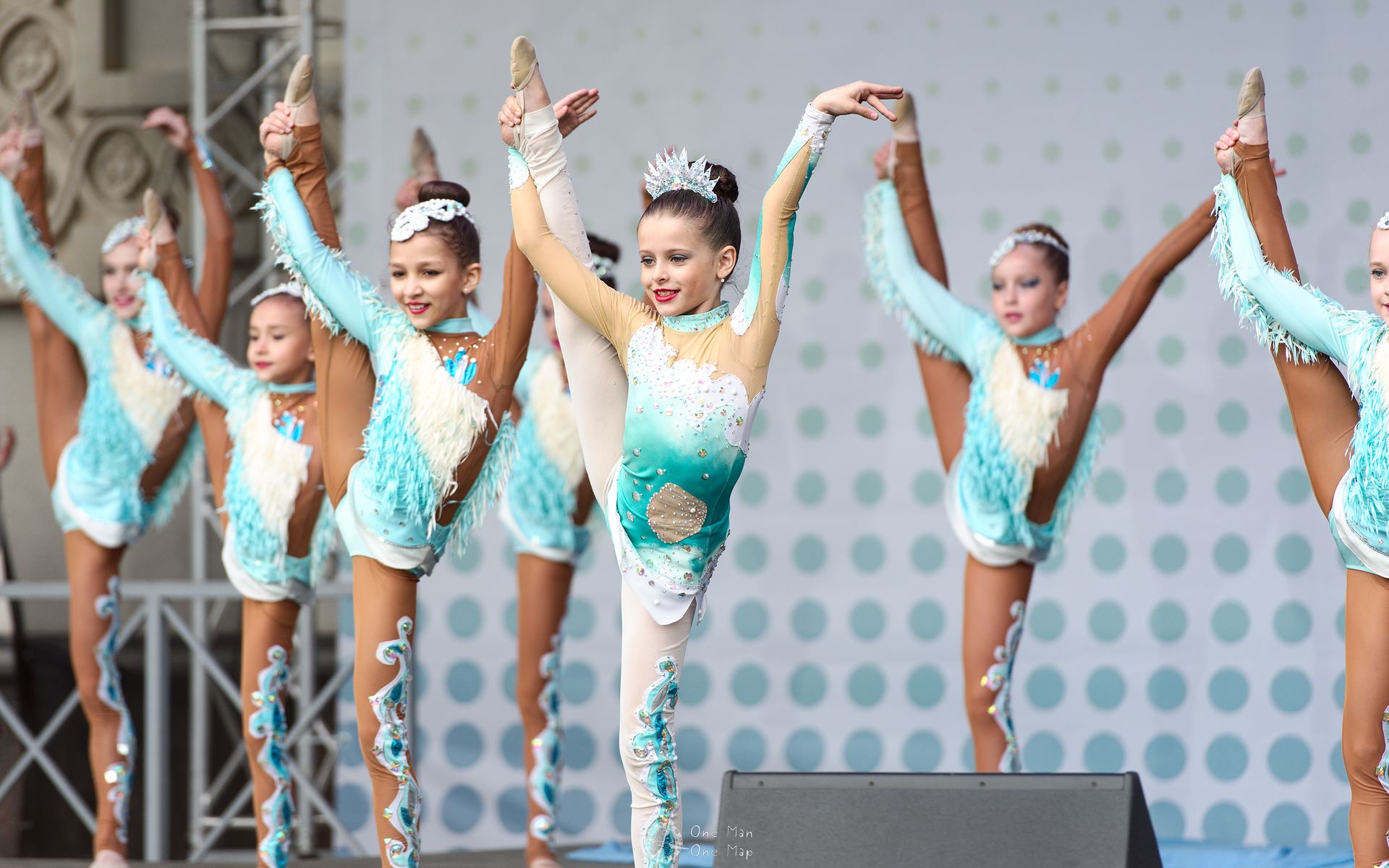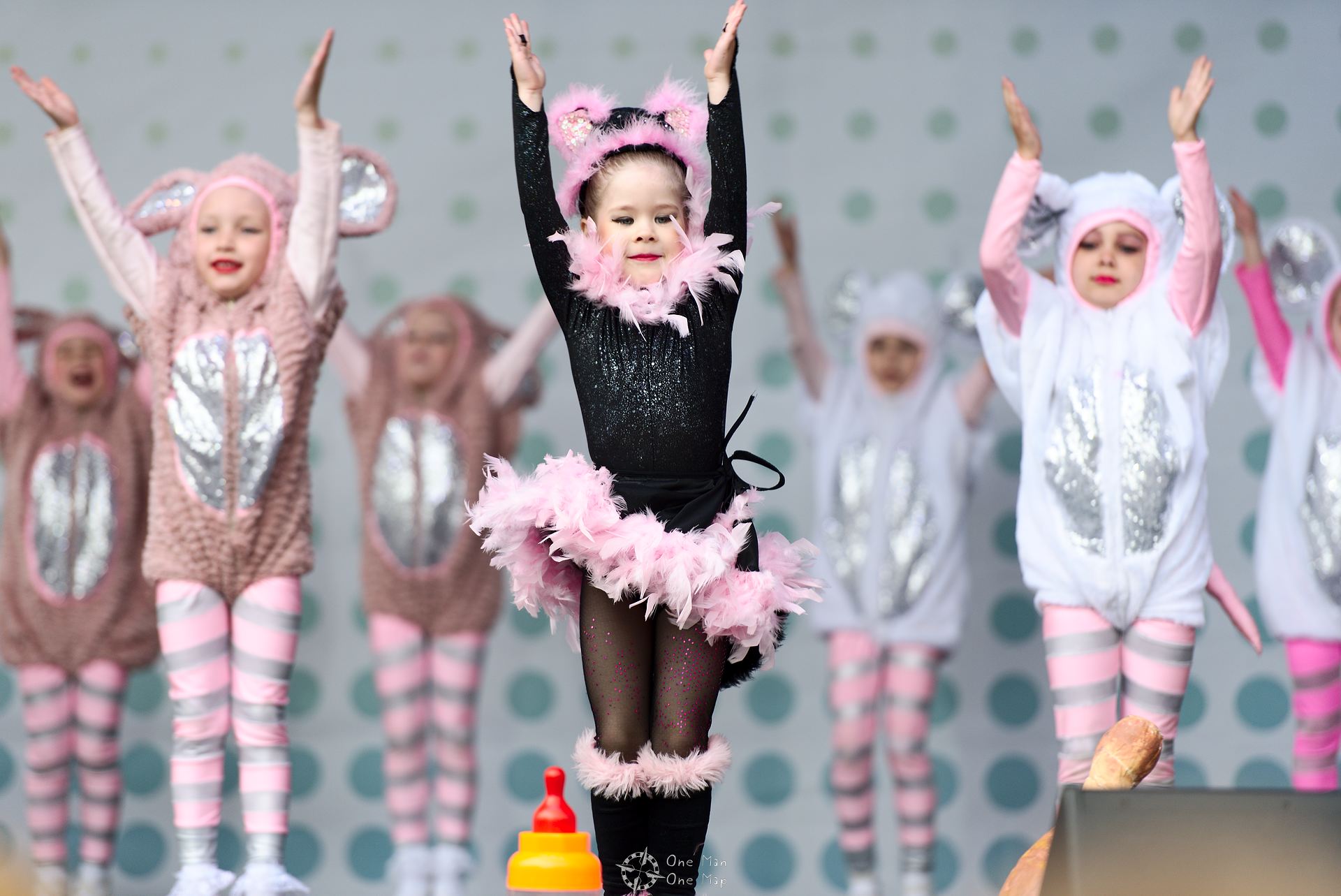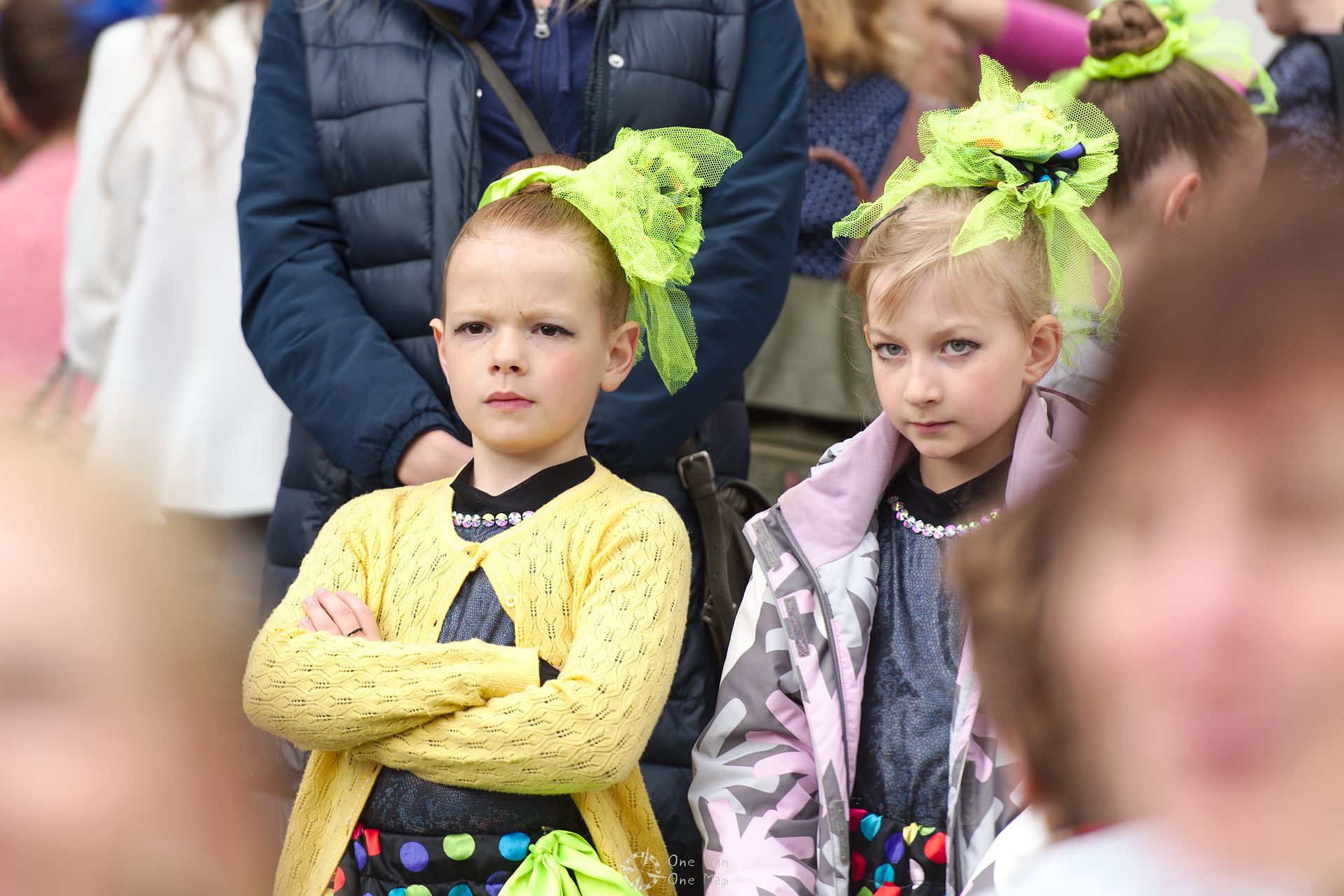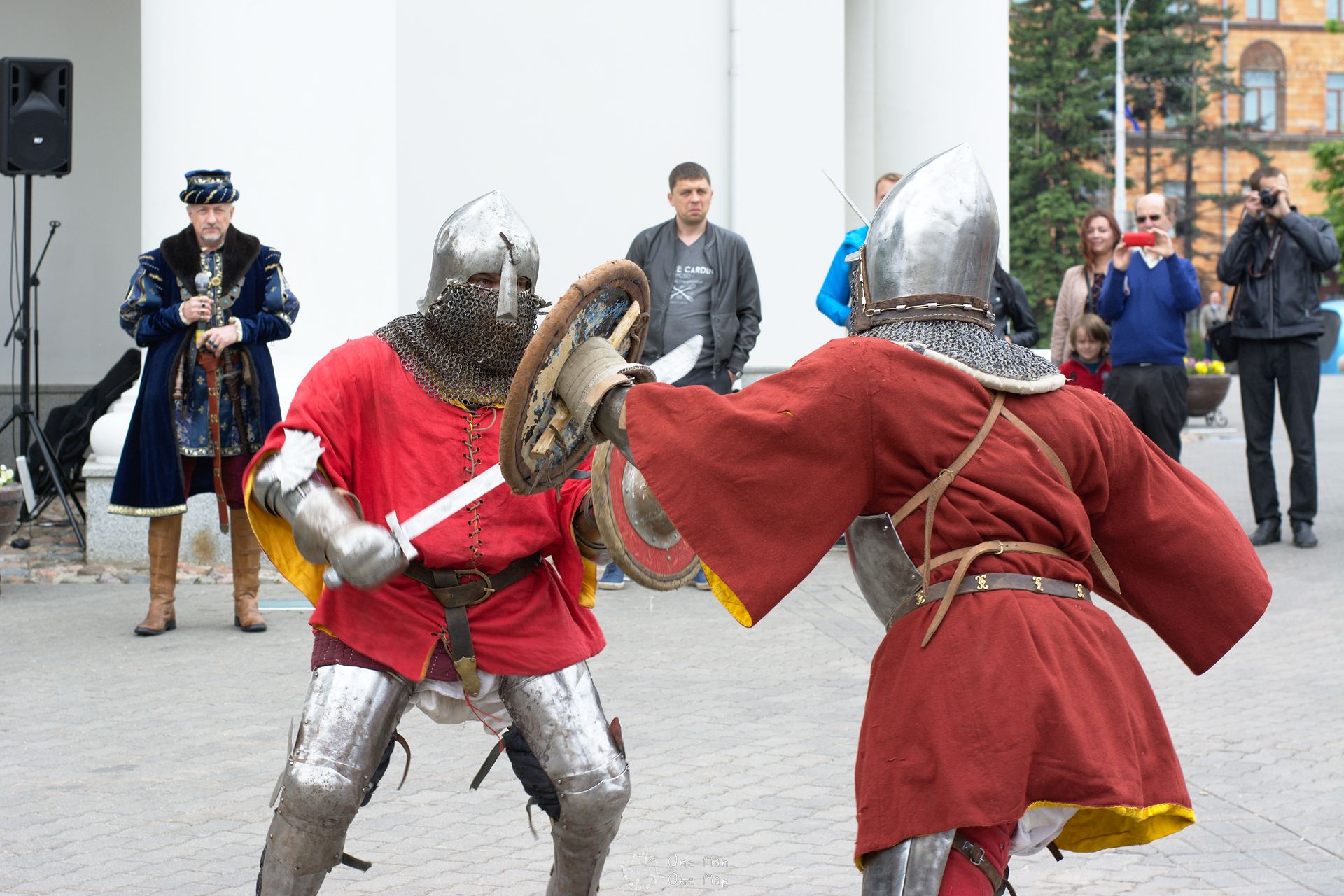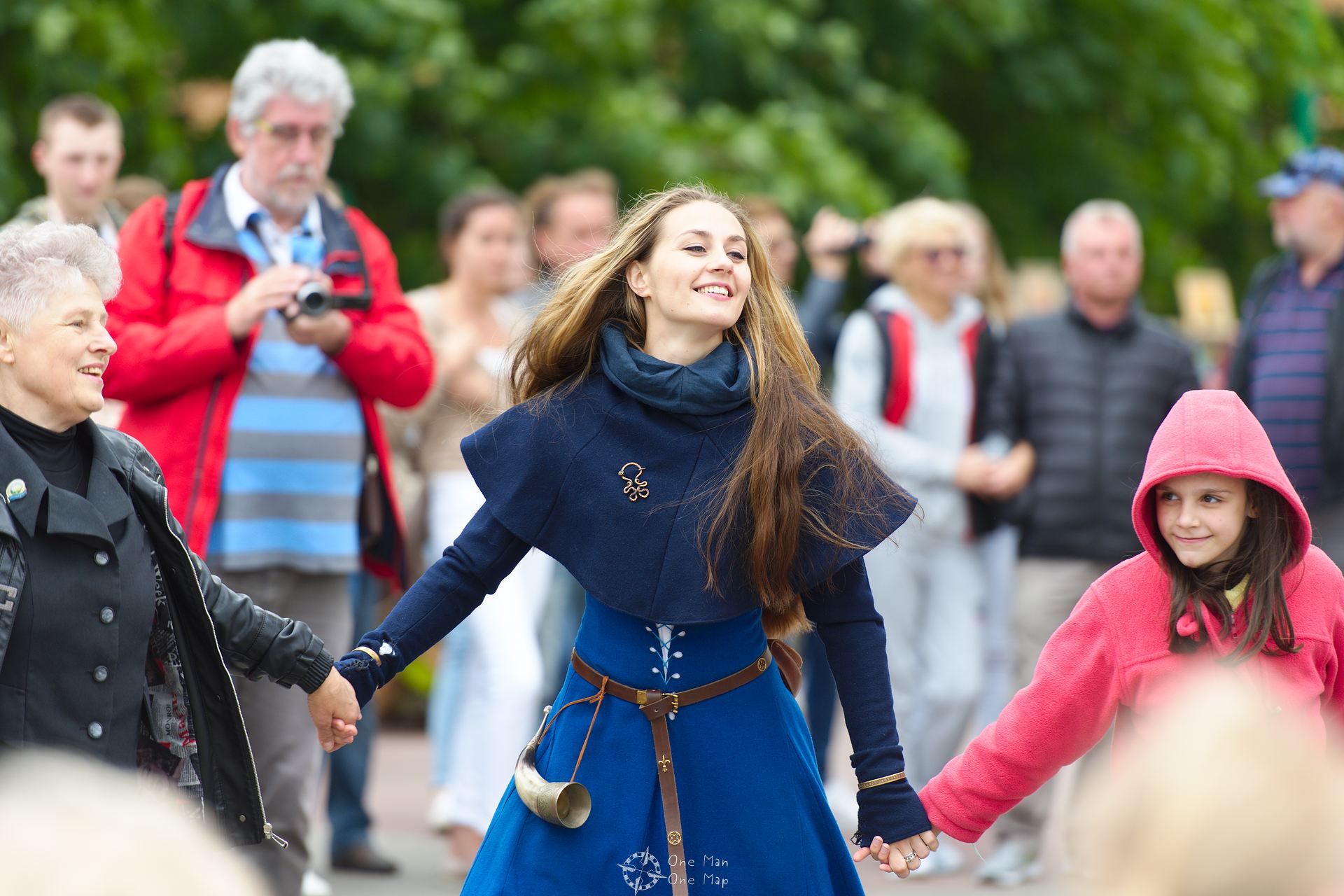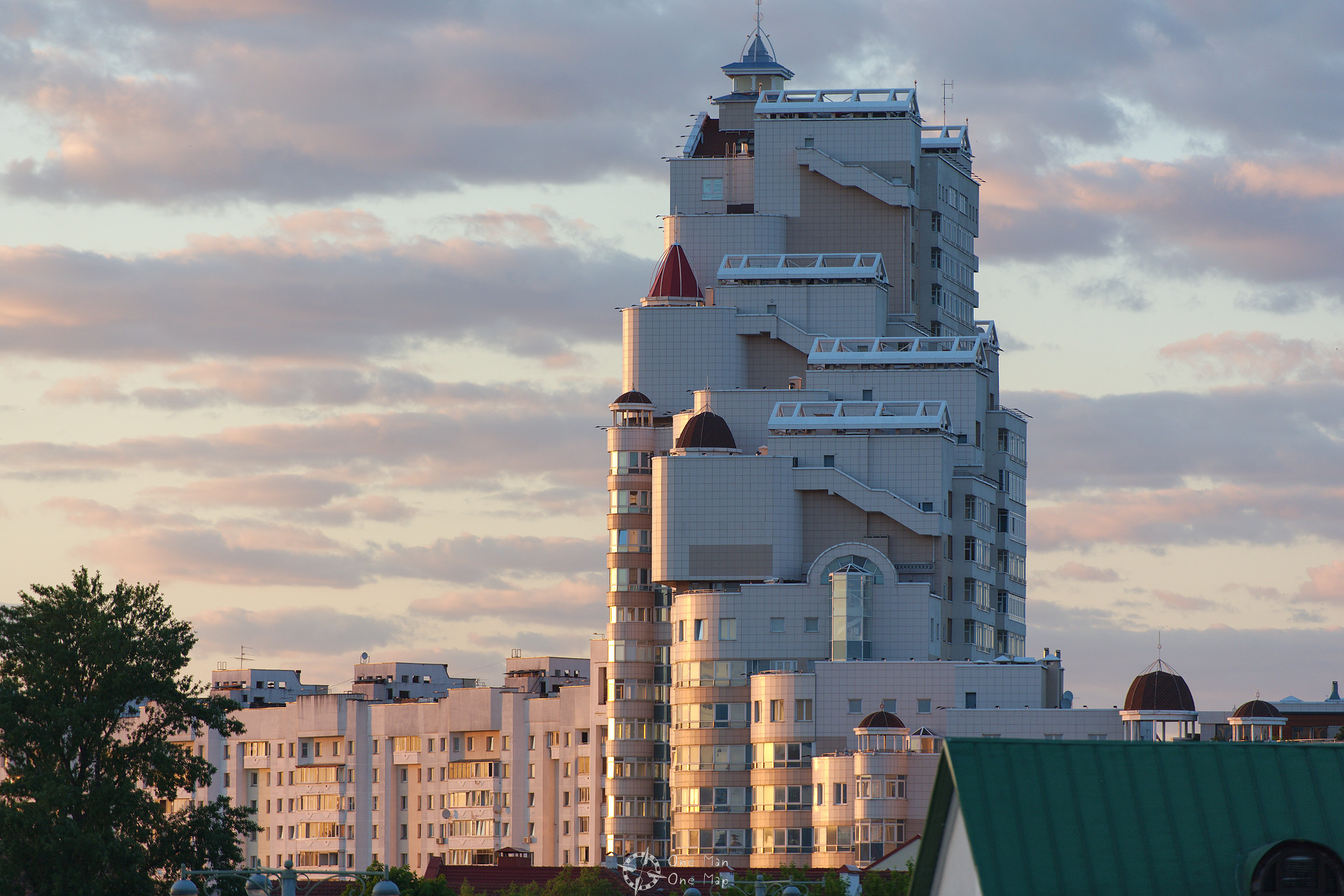Dieser Artikel ist auch auf Deutsch verfügbar. Click here to find out more about Belarus!
I was slowly running out of countries in the immediate vicinity of Germany, and since west of Portugal there’s only water, I turned east again. I had been to Poland before, to all the Baltic States, Romania, Bulgaria and Russia as well, but there was one country in between. Belarus, often referred to as “Europe’s last dictatorship”. So to Belarus I went.
Tourists have to apply for a visa before entry. The procedure is almost the same as for Russia, so you need an invitation from a Belarusian travel agency. But there are two exceptions:
- Visits up to a length of five days (exactly 120 hours) are visa-free since February 2017 when arriving via Minsk airport.
- For stays of up to ten days, confirmation letters from the booked hotels will be accepted instead of the invitation. These must be issued on official stationery (including a letterhead) and contain the name of the guest, the passport number and the booked dates. In addition, a signature from the “Manager” is required.
I decided to stay for a total of nine days. Three days for Minsk, one day for the castles Mir and Nesvizh, one day for Brest, and the remaining three days for arrival, car trips and departure. Getting the hotel confirmations was unfortunately much more difficult than expected. Half of the accommodations did not respond to the request at all, in one case the manager was on holiday, in another time they wanted an additional 20 euros for the confirmation (the room was 30 € per night), payable by bank transfer. A bank transfer to Belarus takes a week.
I ended up booking at least two hotels at every location, asked each one for a confirmation, and as soon as I had scored a confirmation for that particular location I canceled all other bookings. In Brest I even had to contact four hotels. The visa application itself took another three and a half weeks, and I was finally good to go.
Minsk (Мінск), the capital, is a typical Eastern European city with two million inhabitants, albeit one of the tidier ones. The city center around the river Svislach (Свіслач) and the many Russian Orthodox churches almost sparkled with cleanliness. The Holy Spirit Cathedral (Кафедральны сабор Сашэсця Святога Духа) with its eye-catching, green roofs is located a bit off the skyscrapers close to the Svislach and is well visible from a distance. The smaller Peter and Paul Church</ em> (Собор Святых Апостолов Петра и Павла) almost drowns in chaos by comparison.
Another eye-catcher is the artificially created Isle of Courage and Grief (Остров Мужества и Скорби, also called the Island of tears) in the Swislach. The monument is primarily dedicated to the victims of the Soviet-Afghan War, and in 2012 a second memorial for the victims of the terrorist attack on the Minsk metro was added.
The shores of the Svislach serve as a recreational area. There was always something going on here. During the day there was a lof of fishing, and in the evening young adults met for ball games.
Large parts of the city have been destroyed during the Battle of Białystok–Minsk in 1941. The reconstruction was done in a generous way, with magnificent buildings and wide streets. You could almost think you were in an European metropolis like Paris or Vienna, if, yes, if…
… the remnants of the Soviet Union weren’t always waiting for you just around the next corner. Huge Lenin statue in front of the government building. Huge wall relief next to the street. Huge mosaic over the heads of passers-by. Everything big, everything typically Soviet.
I wonder what the Soviets would think of the Kentucky Fried Chicken restaurant under the artwork dedicated to Solidarity (Солидарность)? Maybe sharing your fries counts as an act of solidarity? No? Sad 😉
Hammer-and-sickle reliefs on skyscrapers? Check. Huge, uniform residential blocks? Check. I never had to search long for stuff like this.
There’s also a KGB, of course, but in Belarus it is now called KDB (Кдб) due to the slightly different spelling in the Belarussian language. Its function is still the same, though. Belarus is an authoritarian regime, President Alexander Lukashenko has been governing uninterrupted since 1994. Repression and human rights abuses are the norm. More than 30 Belarusian officials and military officials have been sanctioned by the EU or the USA. For the years of 2015 and 2016 an improvement of the human rights situation was attested, so many of the sanctions have been lifted since.
As a visitor, one does not see or hear anything of the oppression, on the contrary: it suspiciously quiet at all times. After the violent suppression of the protests against the presidential elections in 2006 and 2010 probably hardly anyone dares to get involved with the authorities. There were no beggars or unlicensed street vendors to be seen anywhere. People who celebrated on the streets on weekends did so quietly, in small groups and often went behind the next fence to have their drinks. Belarus is a very safe country, but people are understandably suspicious of a stranger with a big camera in their hand.
How about more symbolism? More stars maybe? Or a tank? No problem 🙂
The well-functioning subway also dates back to the times before the fall of the Berlin Wall. Opened in 1984 with only a single line and eight stations, the network has now been expanded to a second line and a total of 29 stations. A third line has been under construction since 2017.
Unfortunately, the subway is like the Minsk tram: There are hardly any or even no stops in the city center, both have more of a “feeder” function for the districts further outside. During the three days in Minsk I only took the subway a few times and walked the rest of the time.
As in St. Petersburg you pay with tokens, but in Minsk they’re made of cheap plastic and not metal. The interior decoration of the subway reminded me more of the simple, rather boring stations of St. Petersburg than the magnificent, subterranean castles of Moscow.
Although the city itself was mostly clean, one could easily see the infrastructure slowly decaying in many places. President Lukashenka basically manages the economy like it was done before 1990, there is no market economy. Instead, state-owned companies dominate the market, nd prices and exchange rates are controlled by the state. Cheap prices for crude oil and natural gas from Russia support the system. I think just two Belarussian companies are likely to be known abroad: vehicle manufacturer BelAZ (БелАЗ) and Wargaming.net, developers of the popular online computer game series World of Tanks, World of Warships and World of Warplanes.
Unemployment officially stands at just 0.5 percent, but many Belarussians are underemployed. The average wage is only about 800 rubles (about 350 euros) per month. To make matters even worse, the government also introduced a “decree to prevent social parasitism” in 2017 – those who have work for less than half of the year have to pay a fine of 200 euros a year. Depending on the source, up to fifteen percent of the population is said to have left the country permanently in the direction of Russia, Ukraine, Poland or the rest of the European Union.
The contrast was particularly strong in direct comparison with new buildings such as the National Library (Нацыянальная бібліятэка Беларусі). It is located about seven kilometers outside of the city center in a park at the Slepyan channel (Сляпянская водная сістэма). At night, the glass construction in the form of a Rhombenkuboktaeders is illuminated rather spectacularly.
From the observation deck on the roof at a height of about 70 meters I had a good view on the surrounding residential areas. The Belarusian architects didn’t seem to have learned a lot of new things since 1990, though…
Oddity on the roadside: The telephone booth not only still worked, but also spoke German! 🙂
Minsk definitely has a lack of big attractions, but even in the Soviet Union a minimum of entertainment was always provided. Gorky Park (Парк Горкага) and Chelyuskintsev Park (Парк Чалюскінцаў) date from this period. Both are well equipped with ferris wheels, roller coasters, chain carousels and other fairground attractions.
There’s also no shortage of cultural activites. The National Opera and Ballet Theater (Нацыянальны акадэмічны Вялікі тэатр оперы і балета) and the Belarussian State Circus (Беларускі Дзяржаўны Цырк) with the fool statues at the Independence Square are fairly well known.
But it does not always have to be about paying money for entertainment. Lots of street festivals take place all year round in Minsk. For example, during my visit at the end of May, there were dance performances on a stage not far from the Heiliggeist Church. There was everything from Ballet performances to Modern dance.
Well, not everyone seemed to agree with all the performances…
Minsk is almost 1,000 years old and has changed hands often, especially in the Middle Ages. At some point it belonged to the Kievan Rus, at another to Lithuania, to Poland-Lithuania, to Lithuania again, to Russia, to Sweden, or to itself. The famous castles in Mir and Nesvizh are not the only ones which still bear witness to this, medieval festivals and knights tournaments are held all over Belarus in summer and autumn. With a bit of luck you don’t even have to leave Minsk to see one 😉
In the summer the days are long and the nights very short. In May the sun already sets after 9 PM and rises again before 5 AM. In June the days last for more than 17 hours. The following picture was taken after 9 PM:
Minsk is a nice place to spend a couple of days, but I’m always drawn to the unusual. And of course I’ve found a lot of unusual stuff in Belarus. A Children’s Railway and another Lost Place in the woods are definitely part of it… 😉
This post was written by Simon for One Man, One Map. The original can be found here. All rights reserved.

